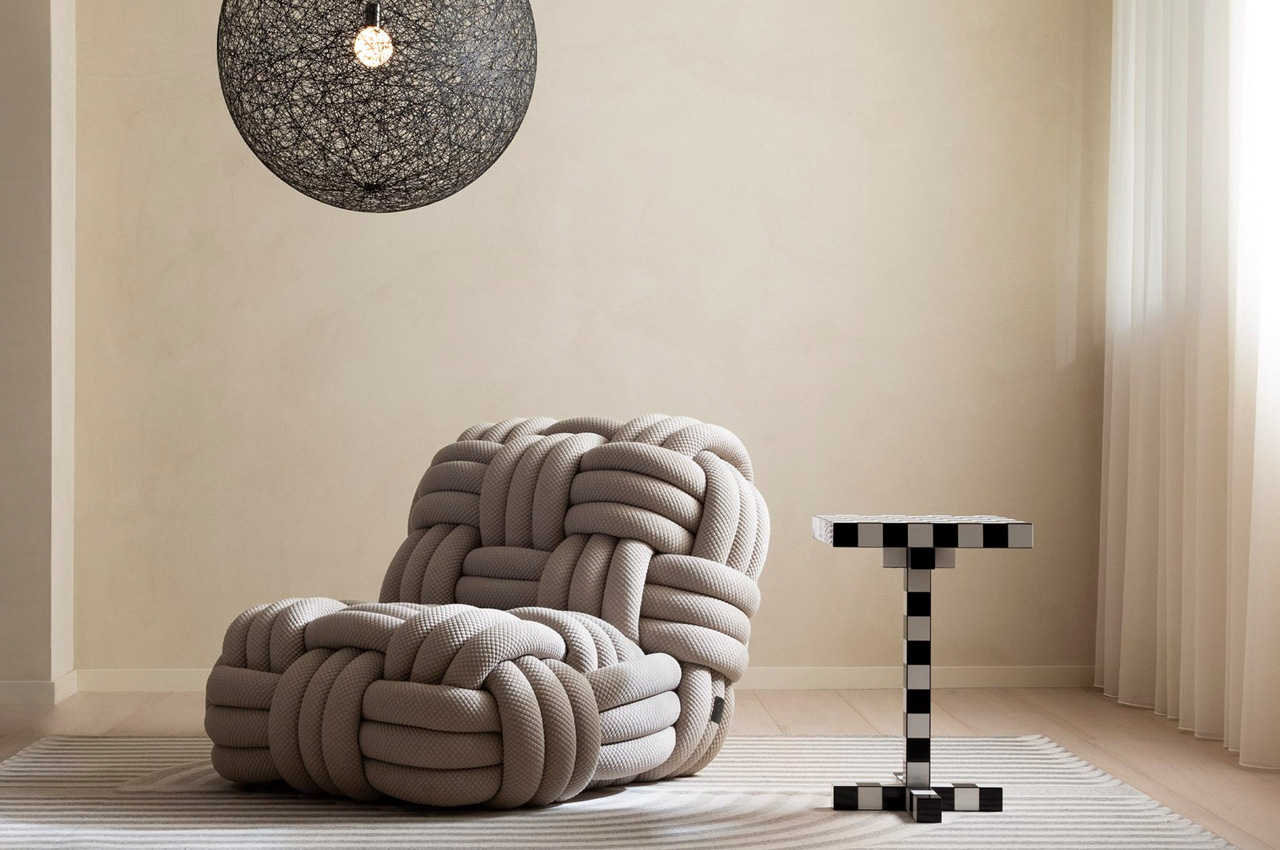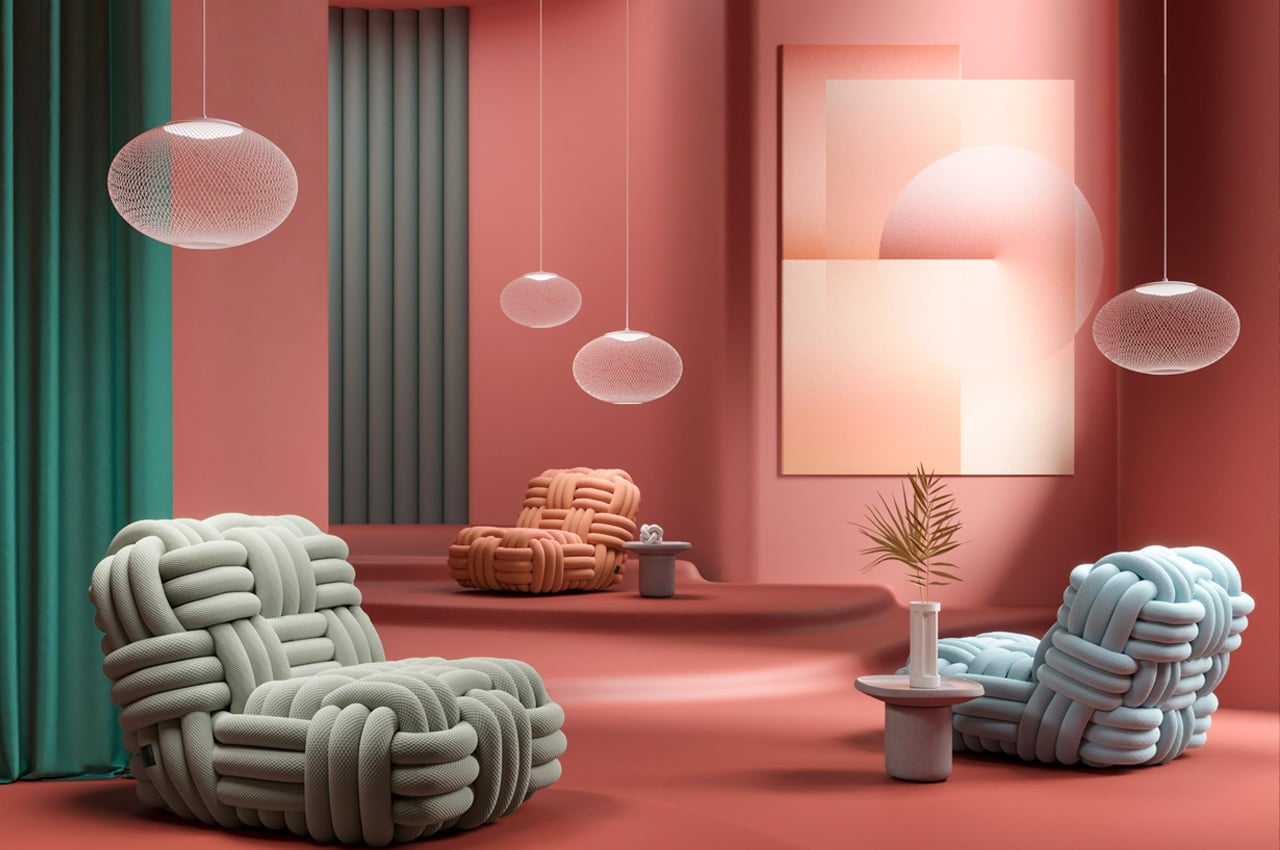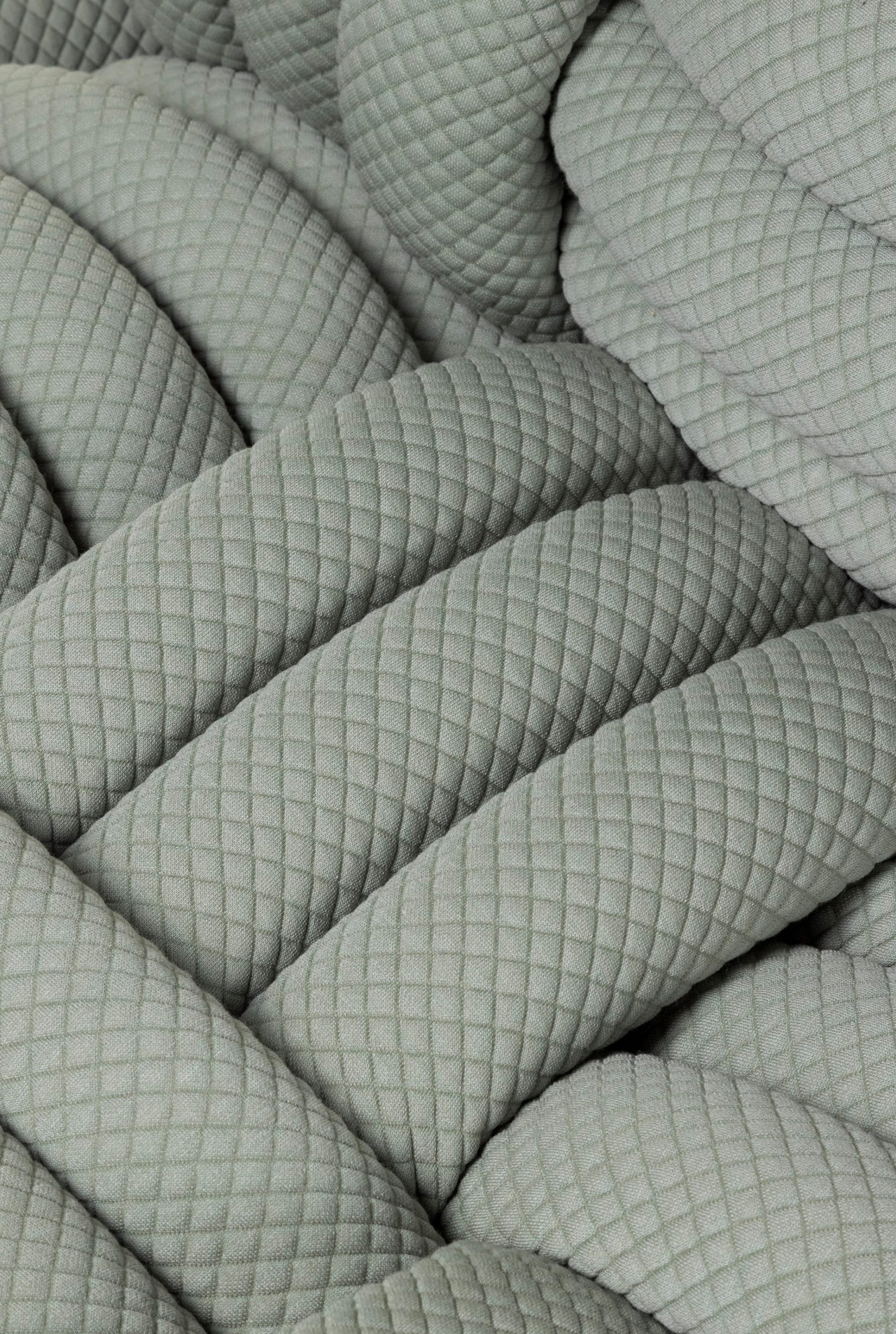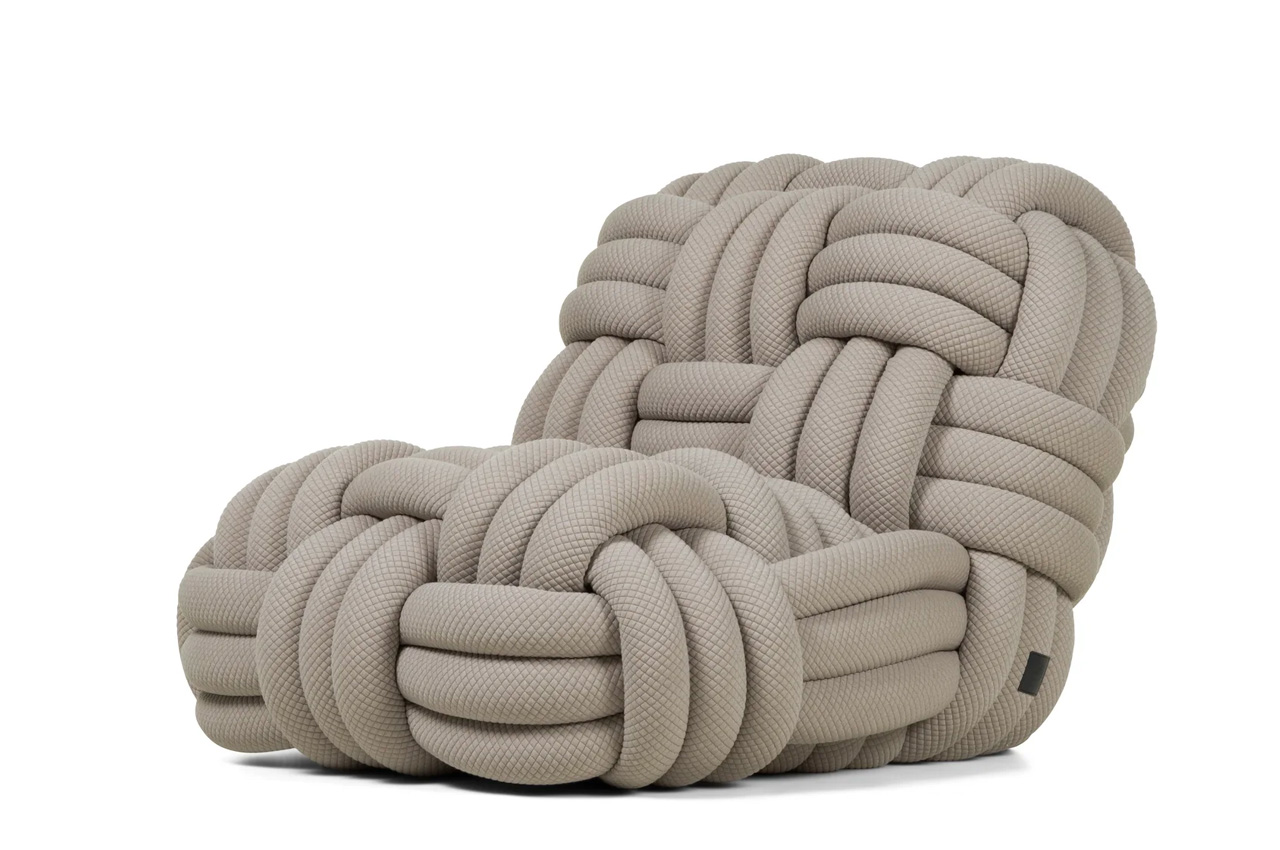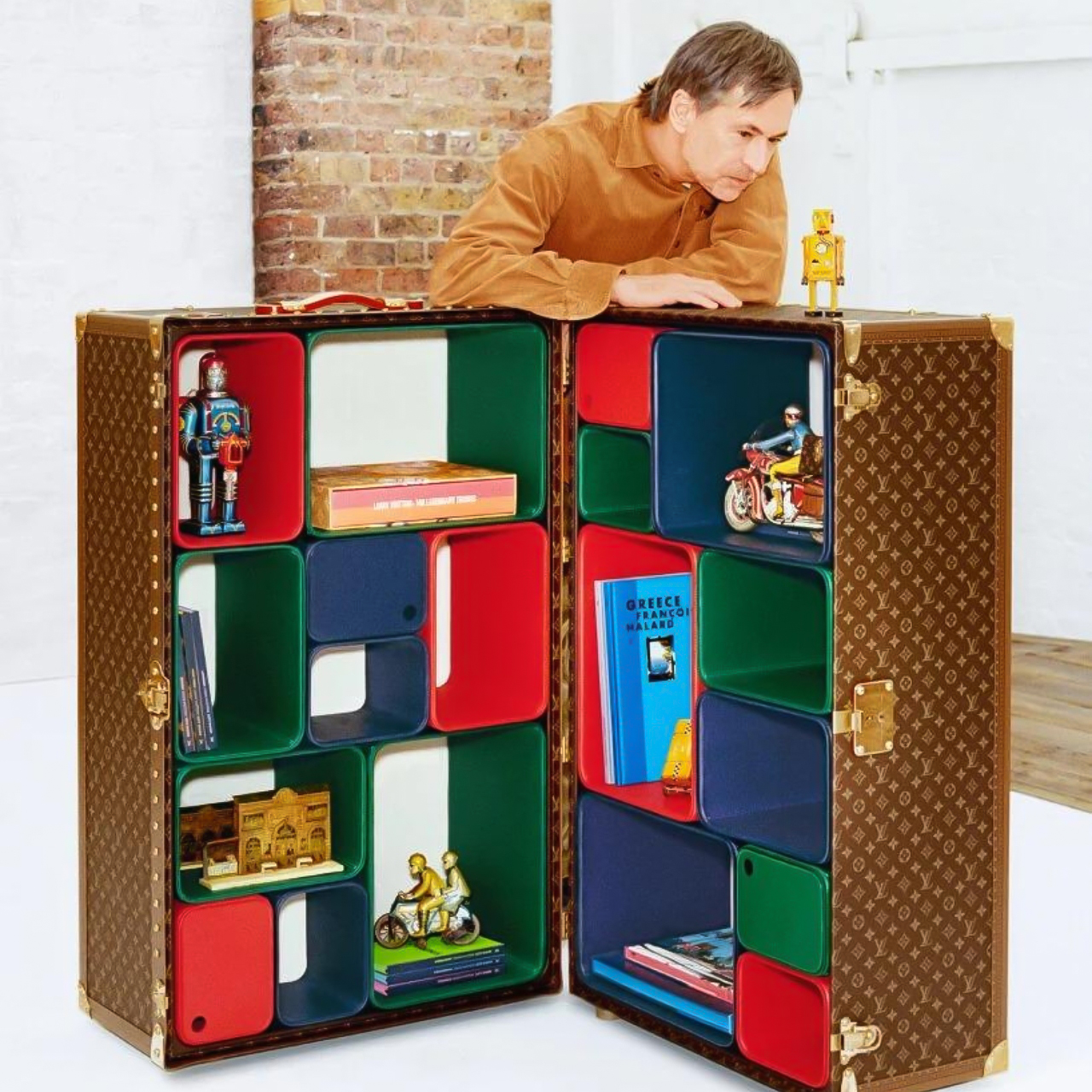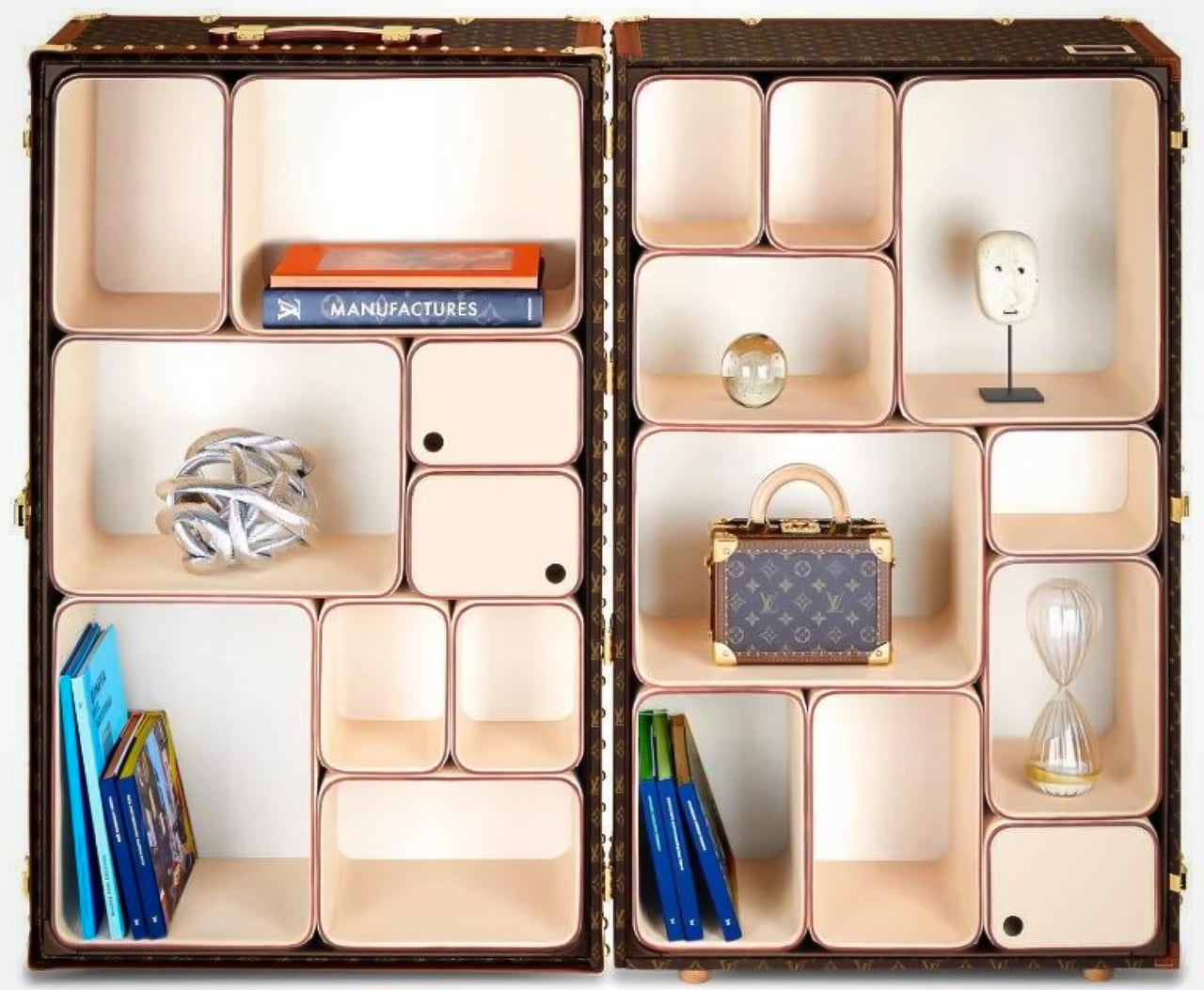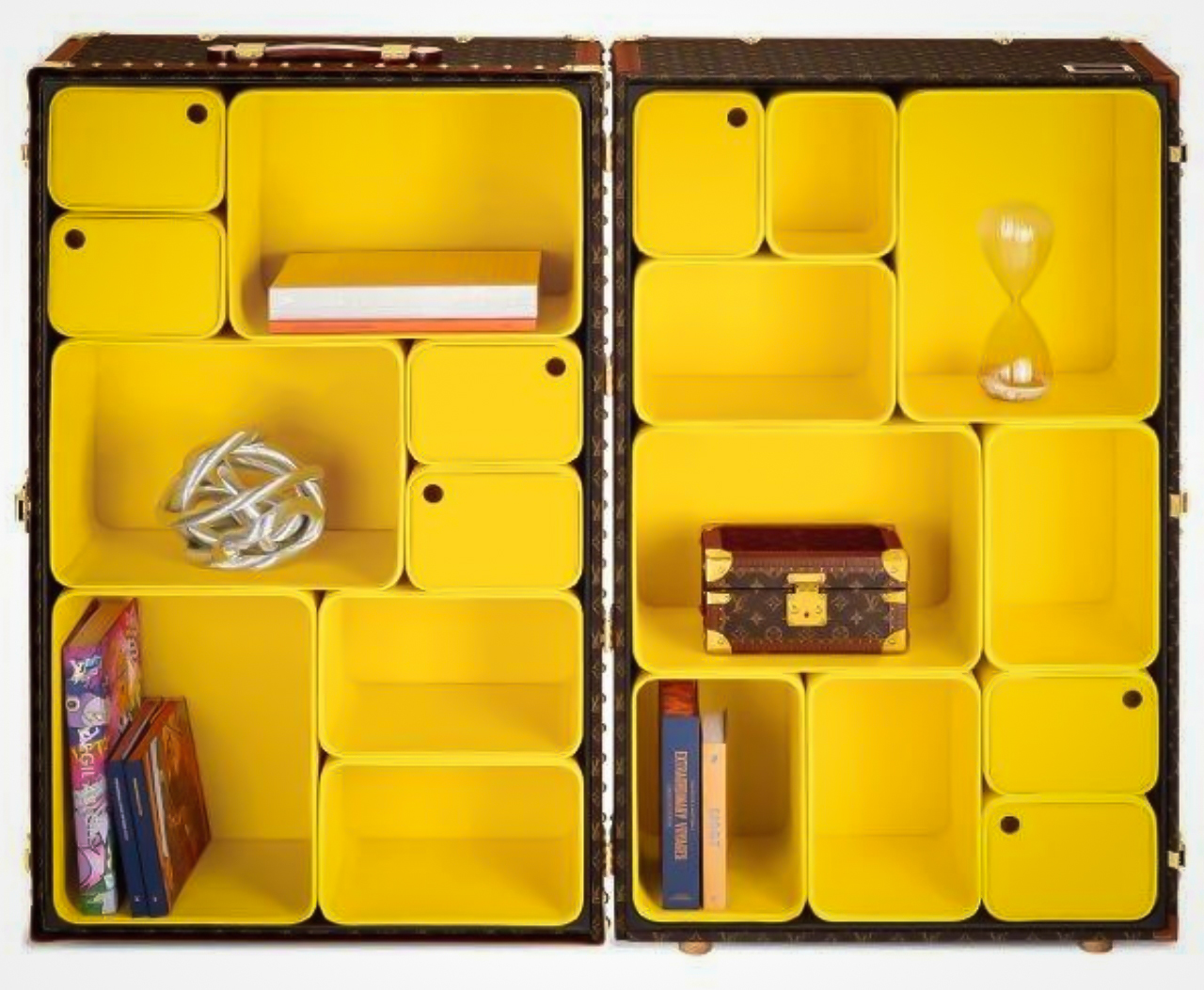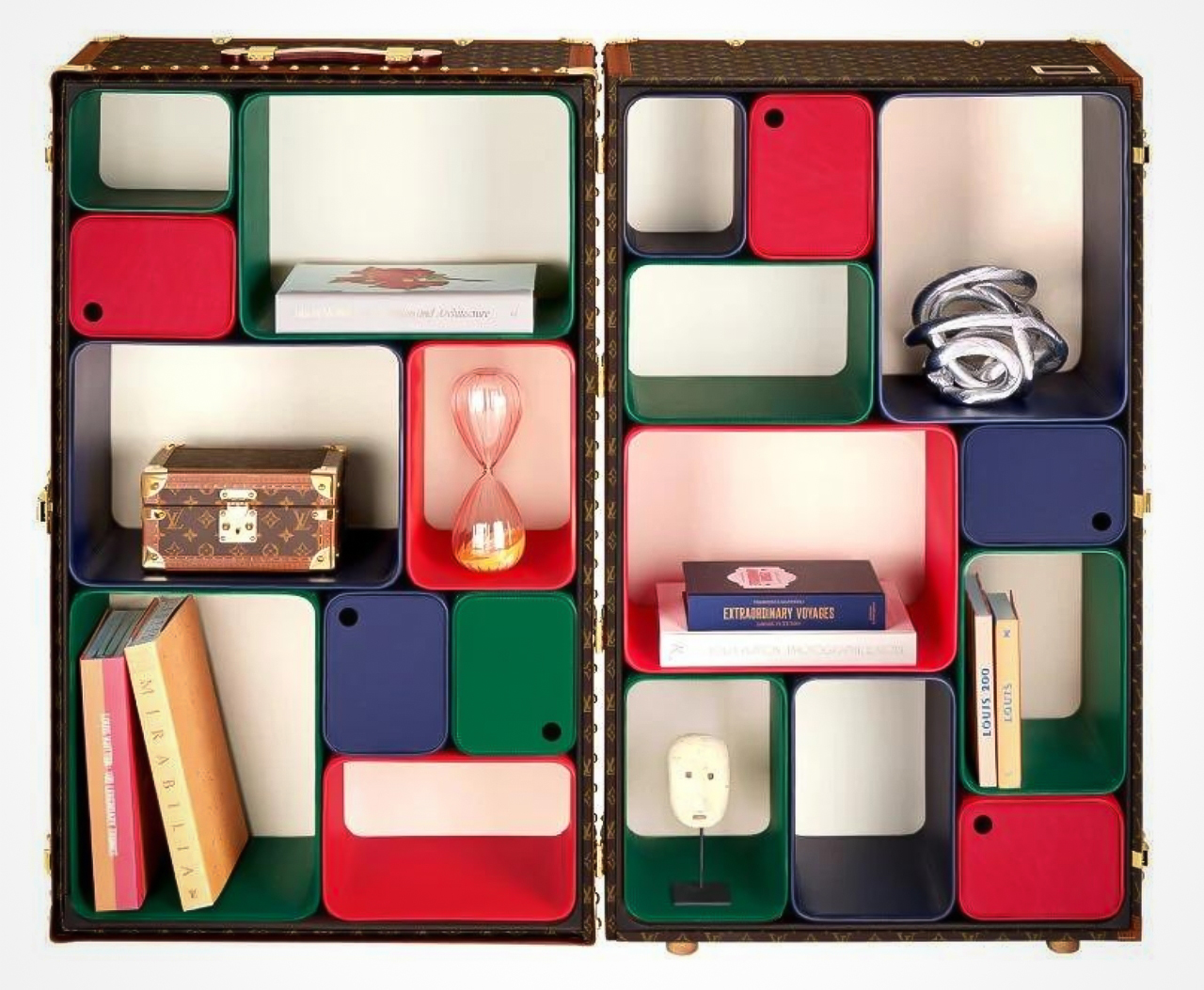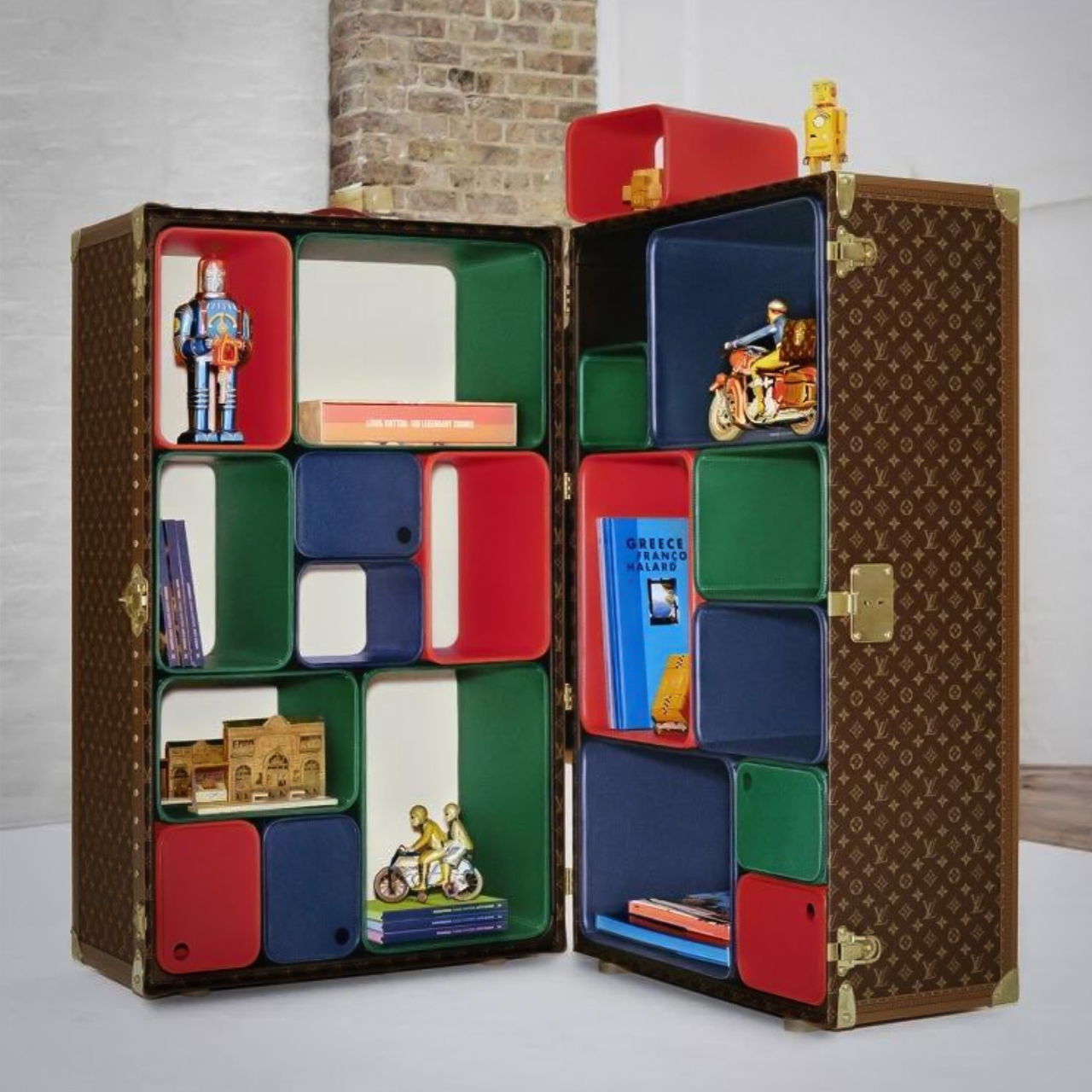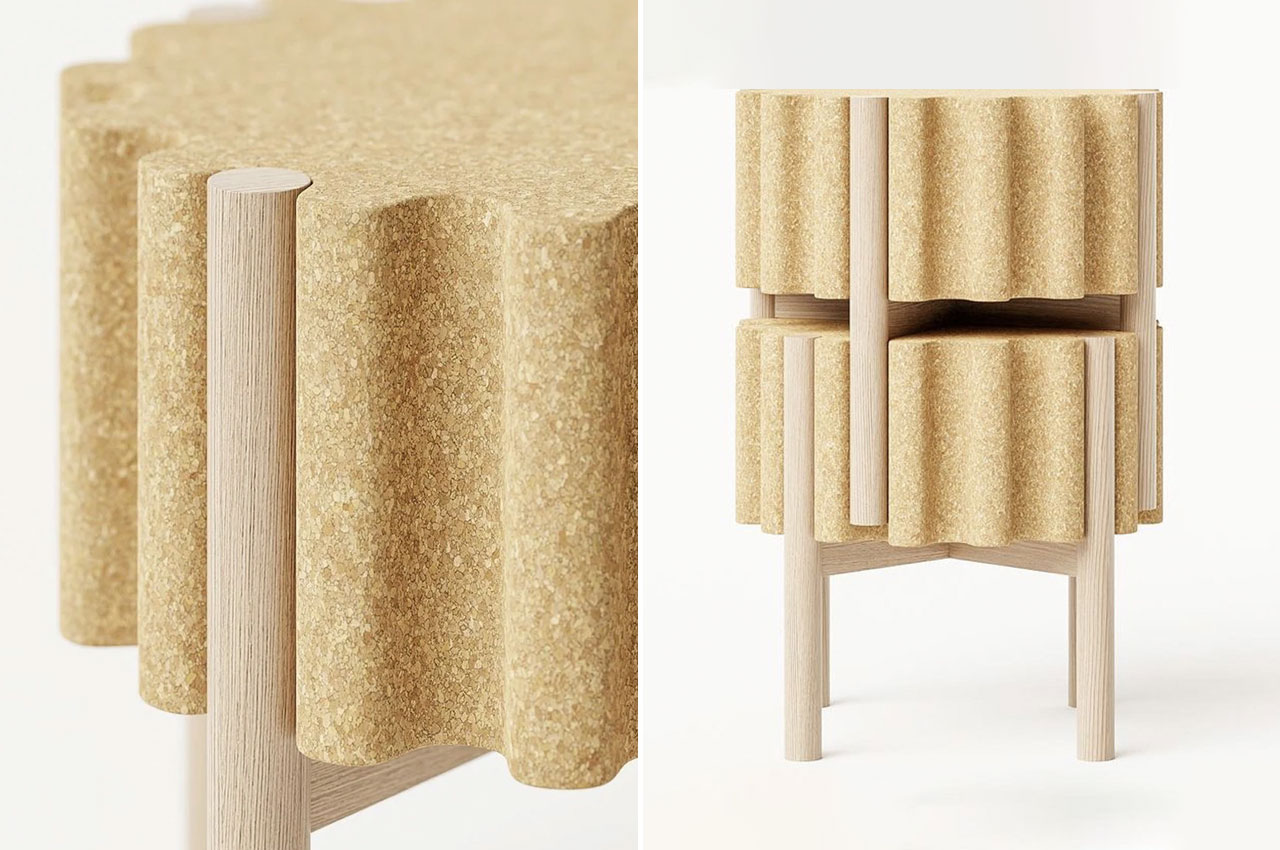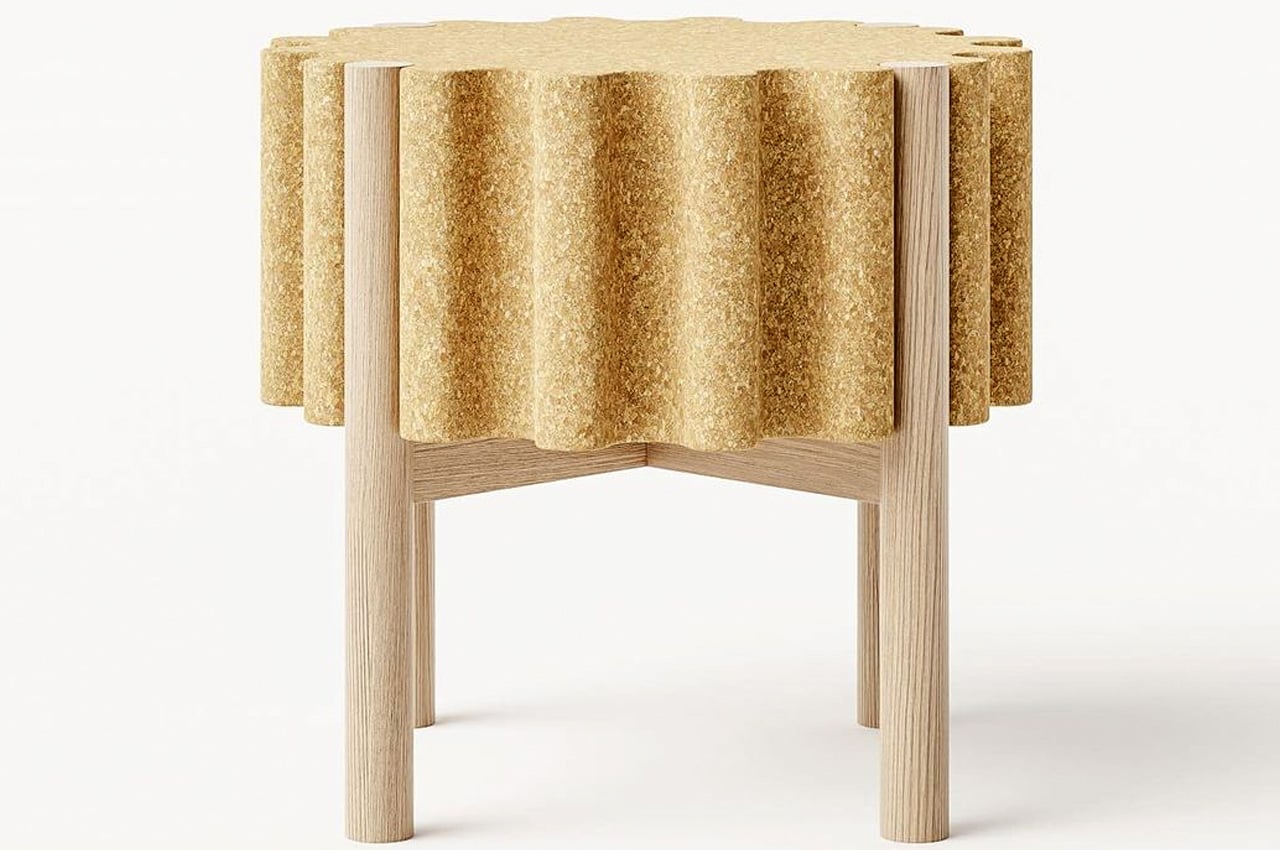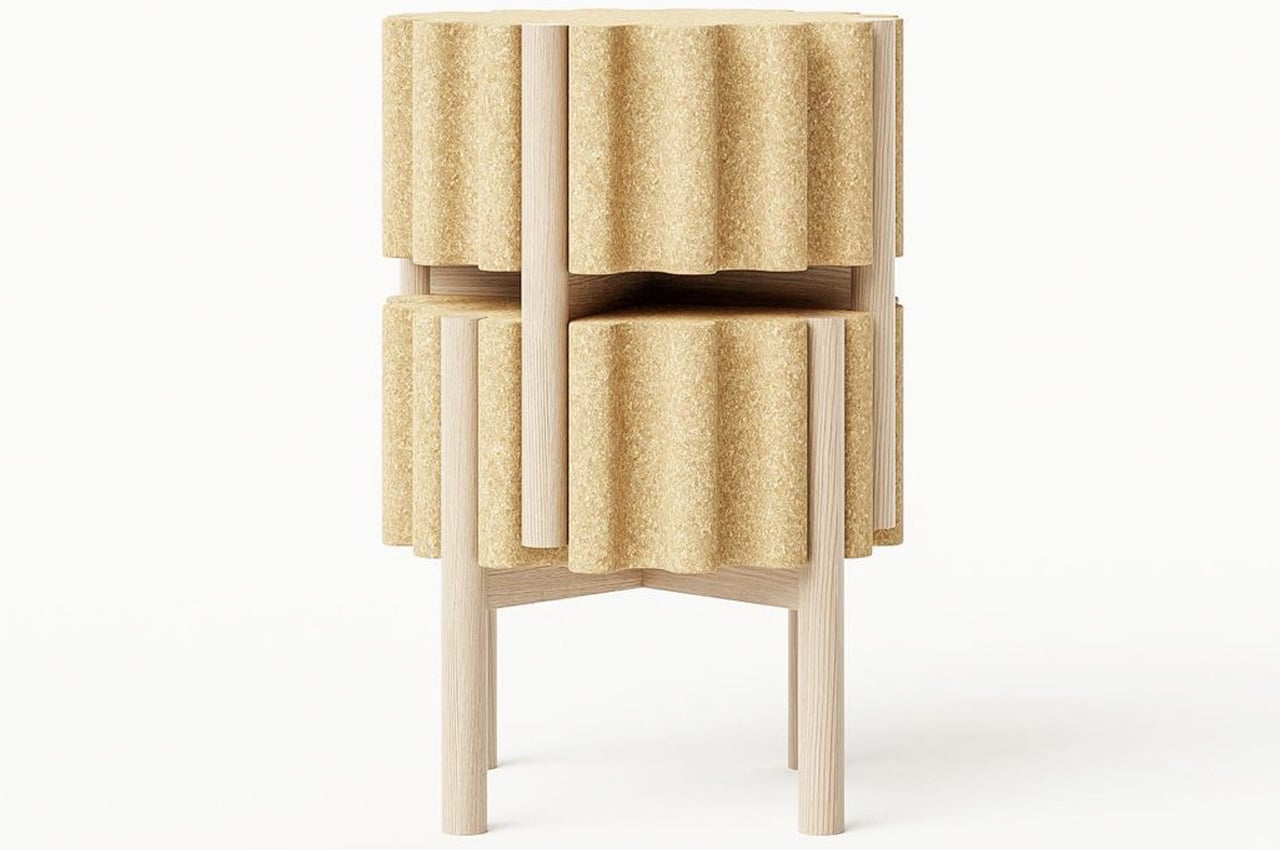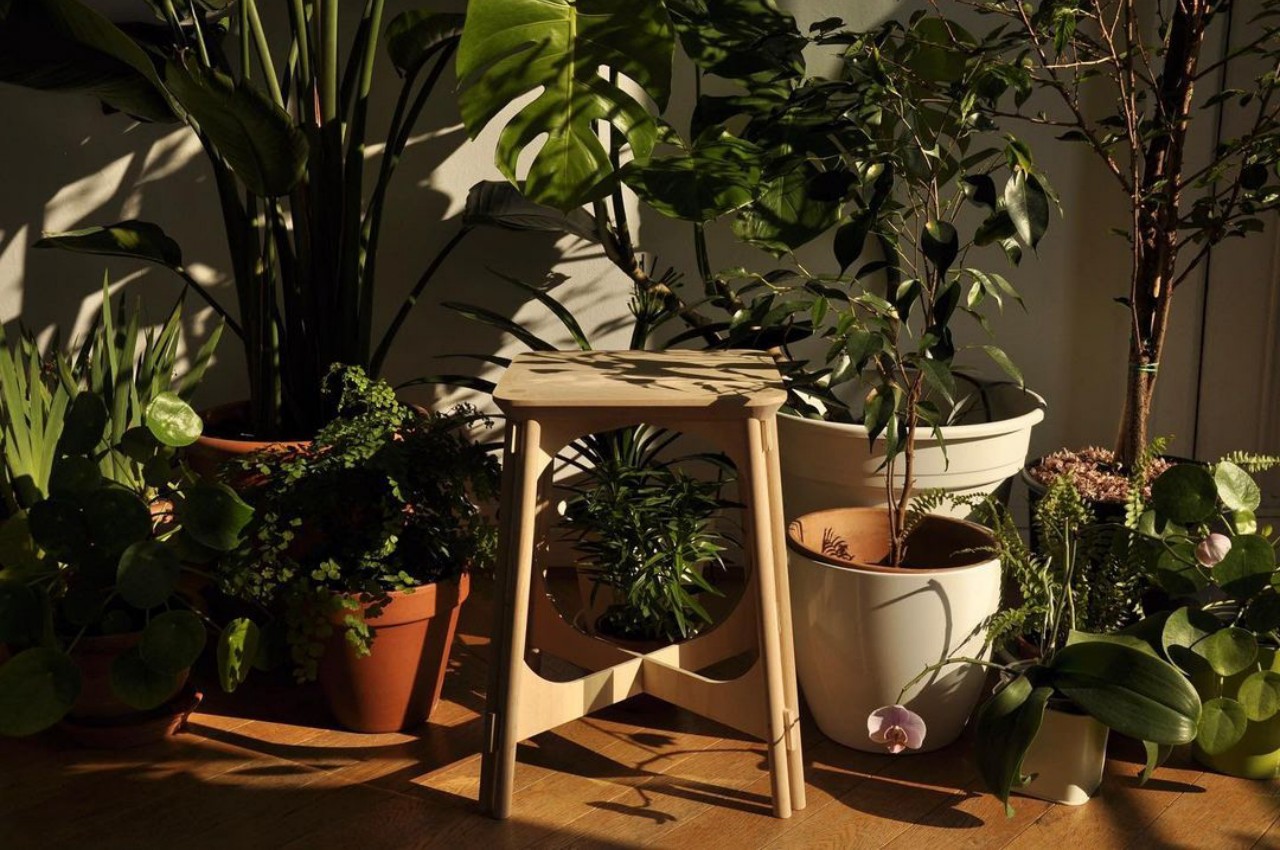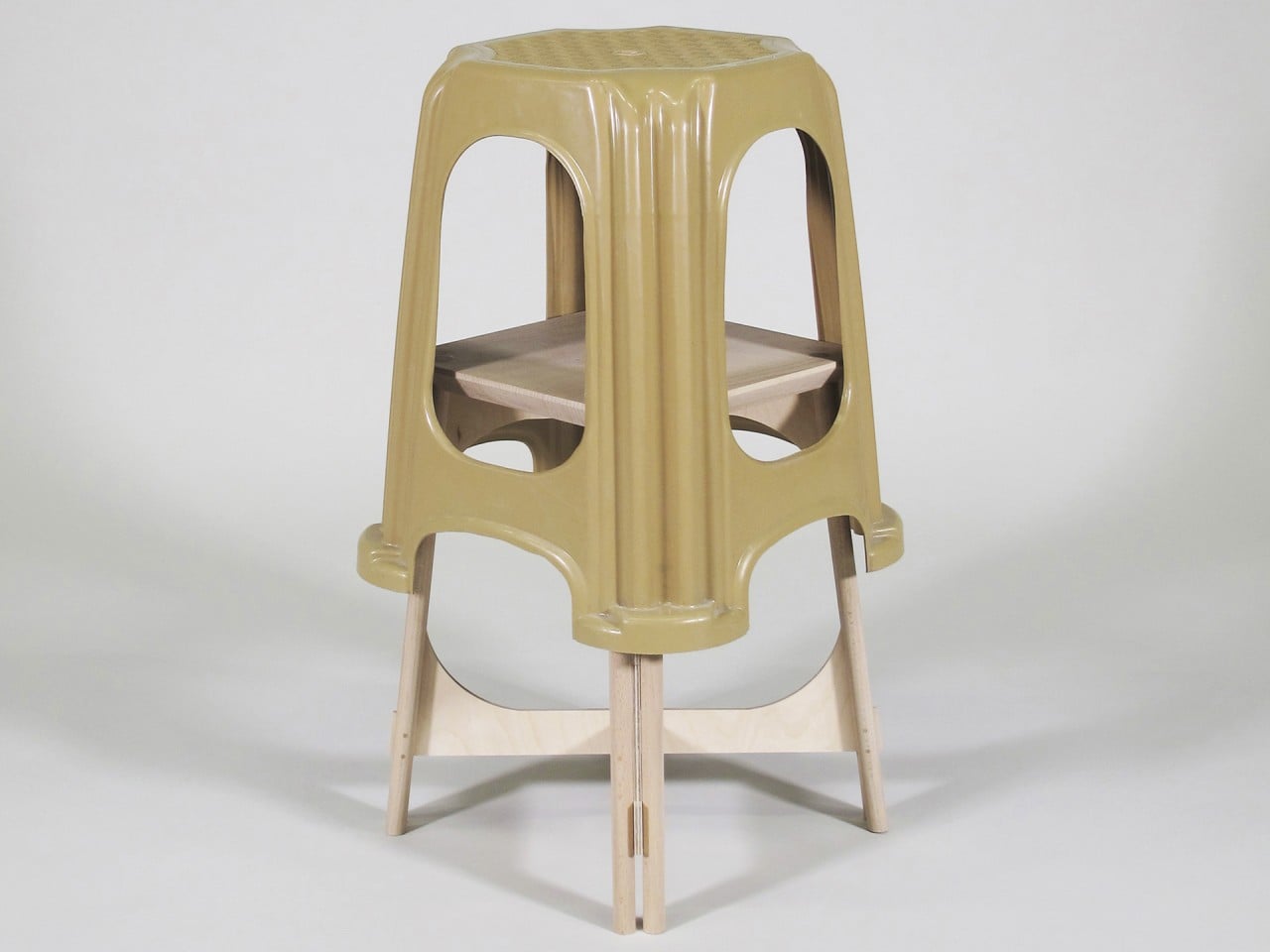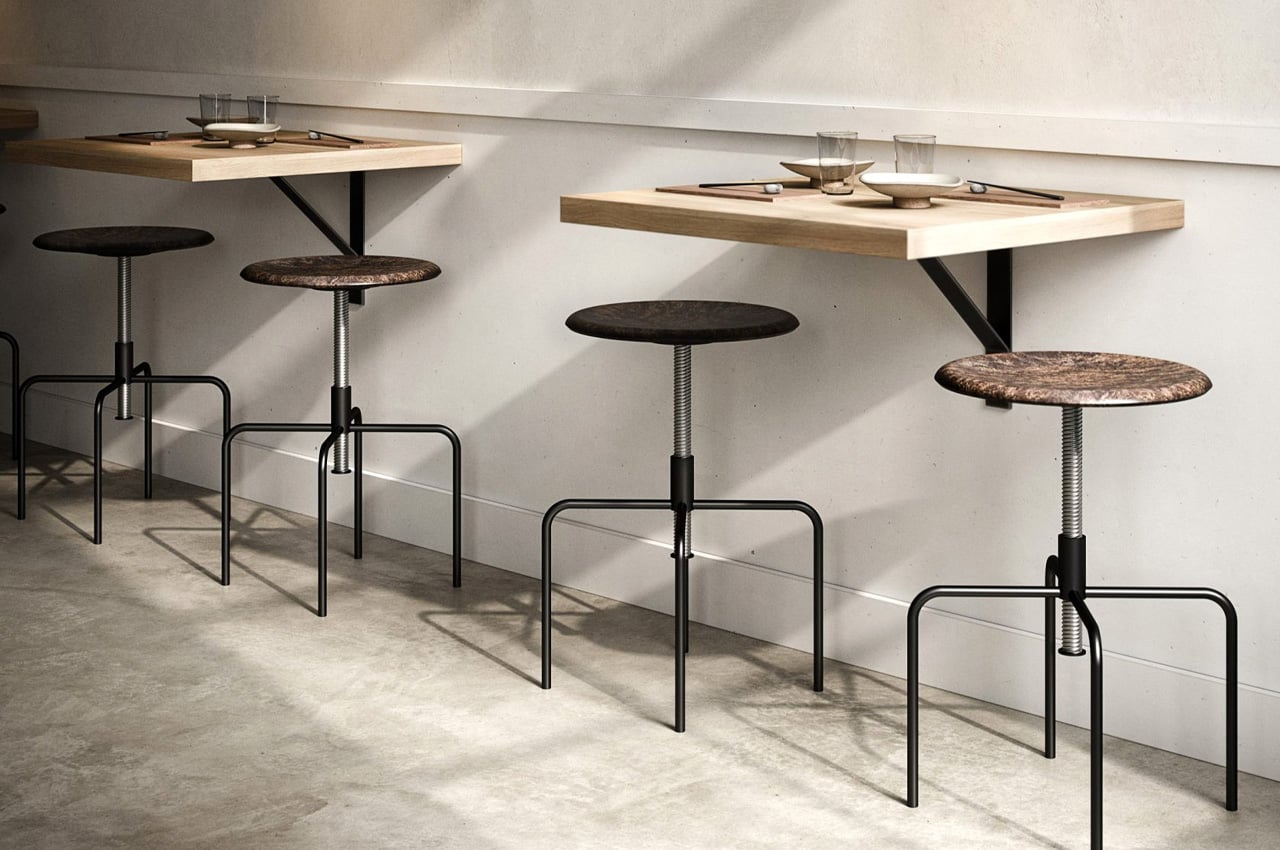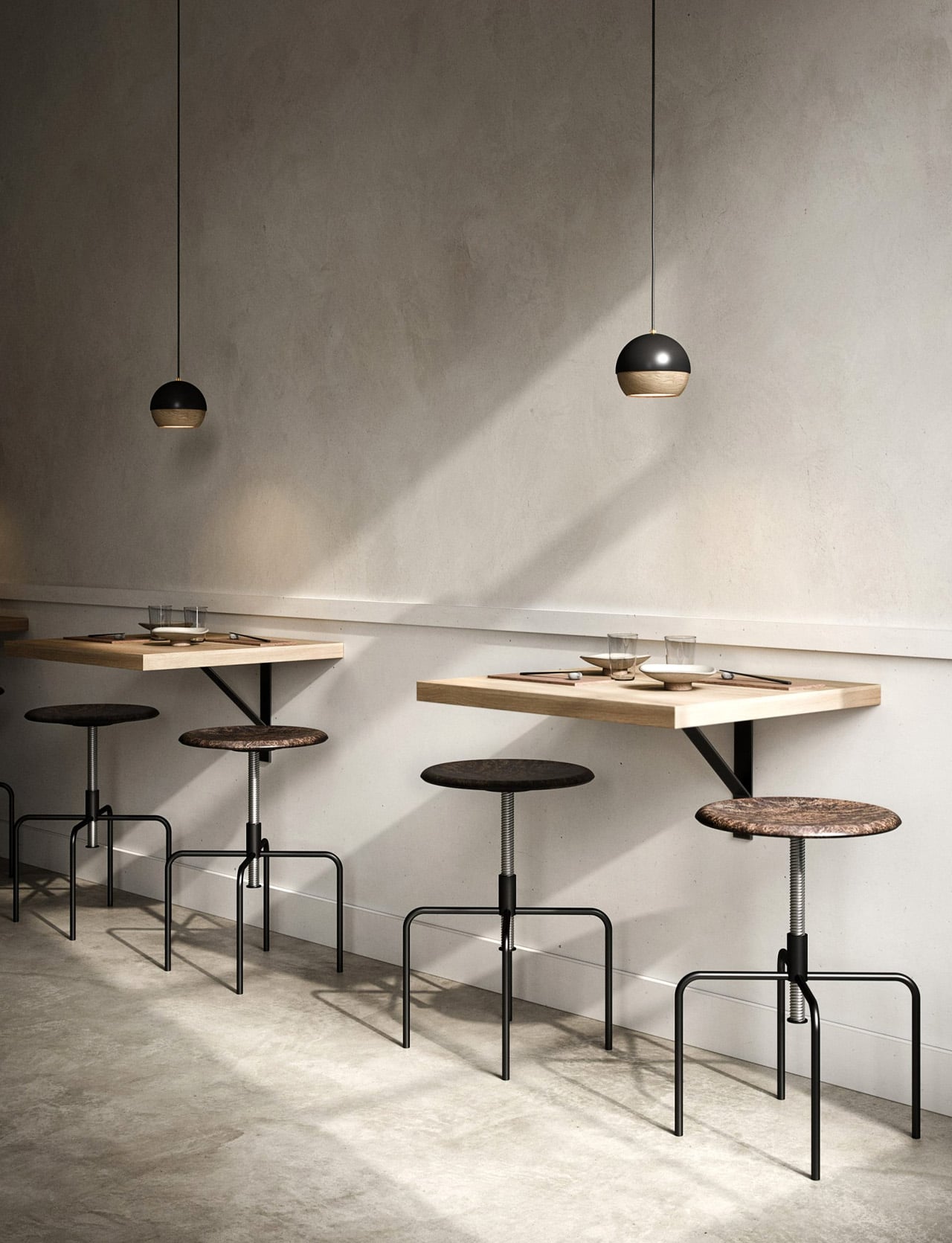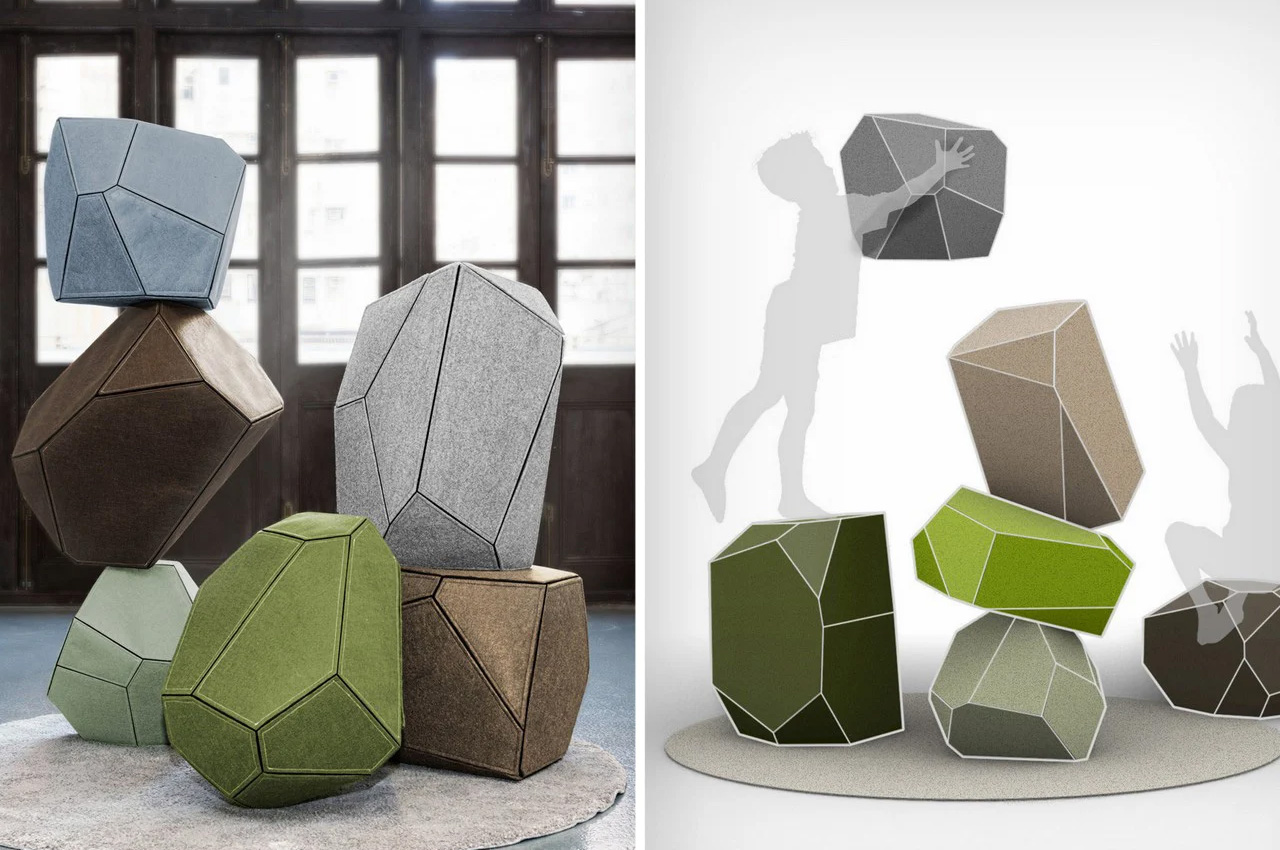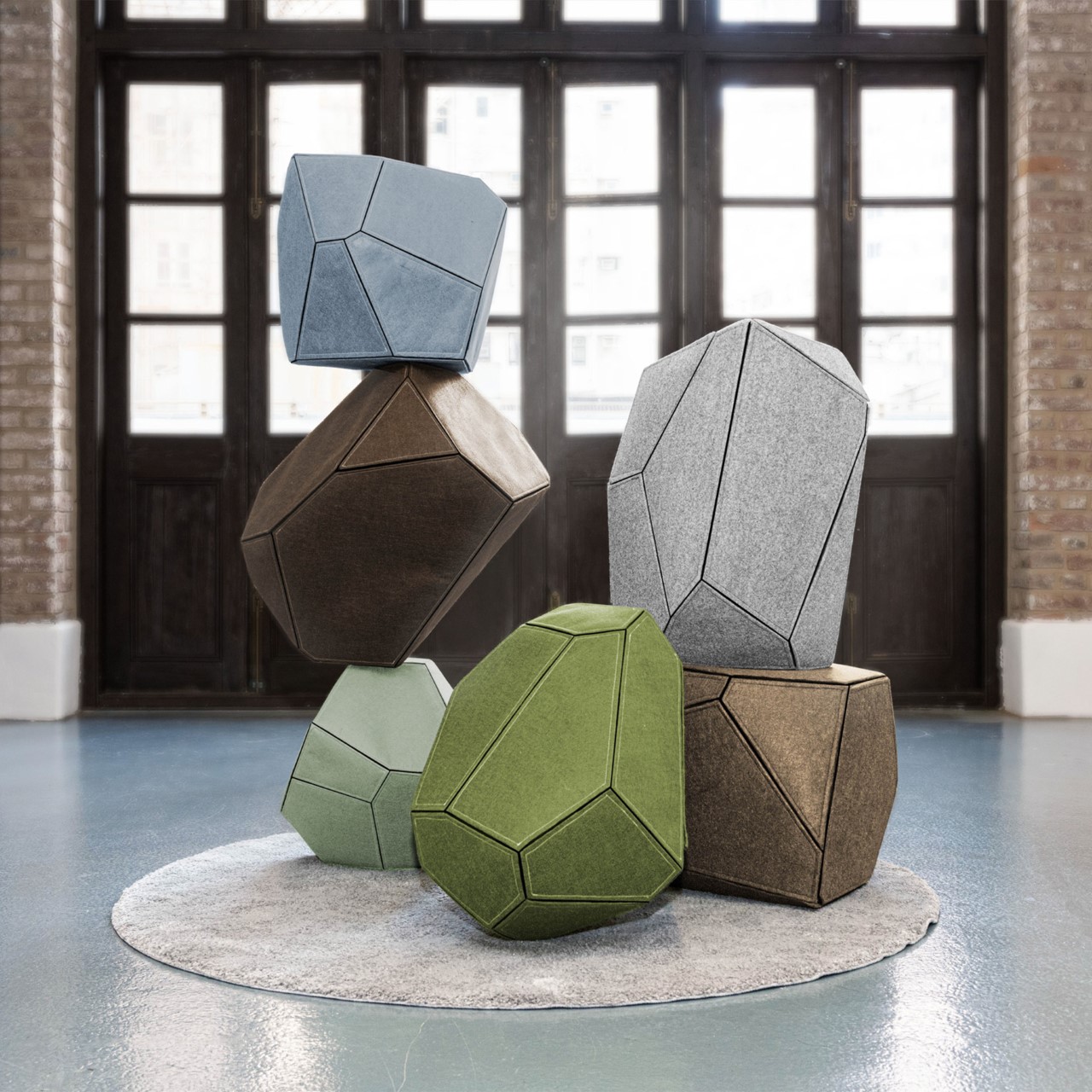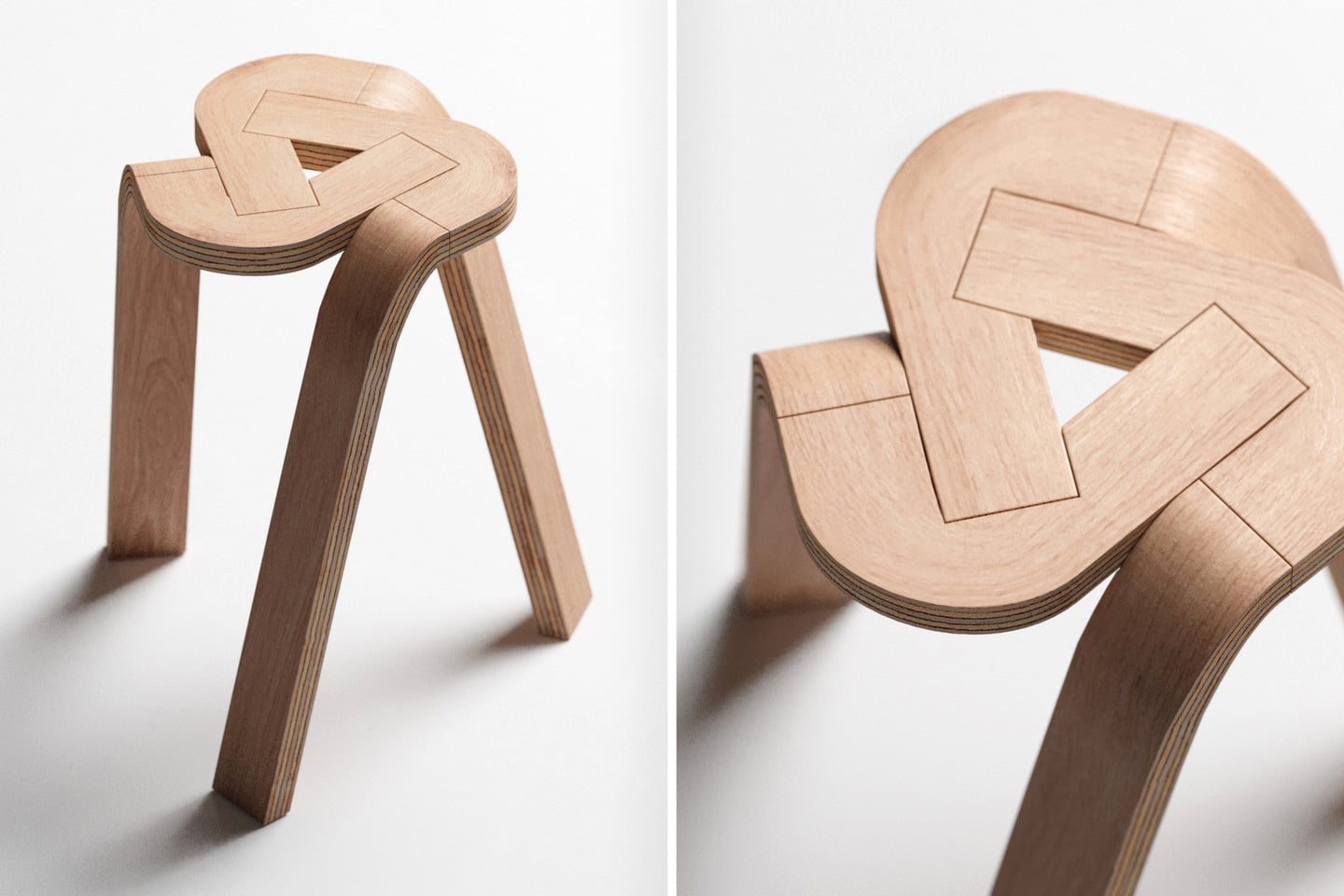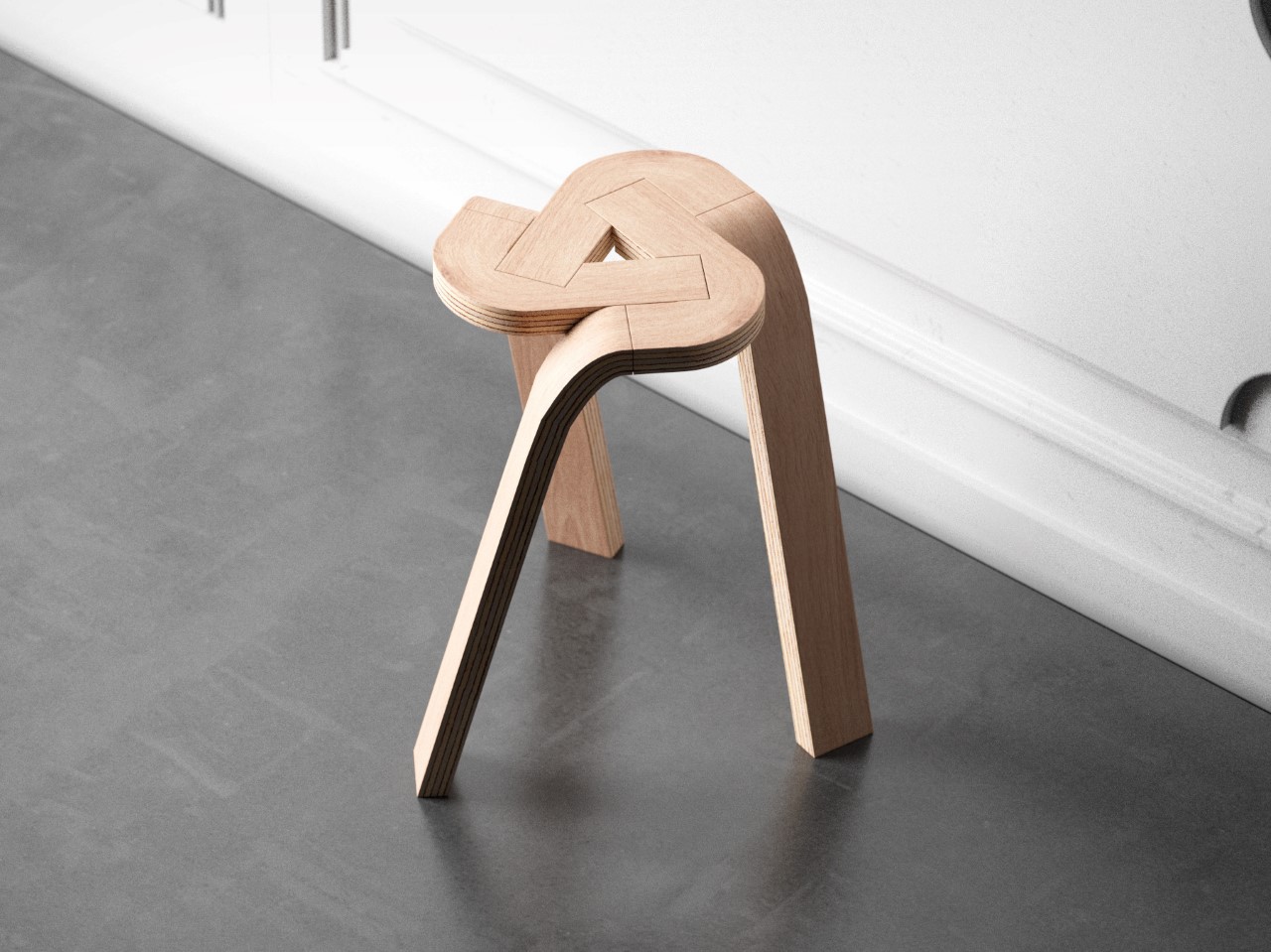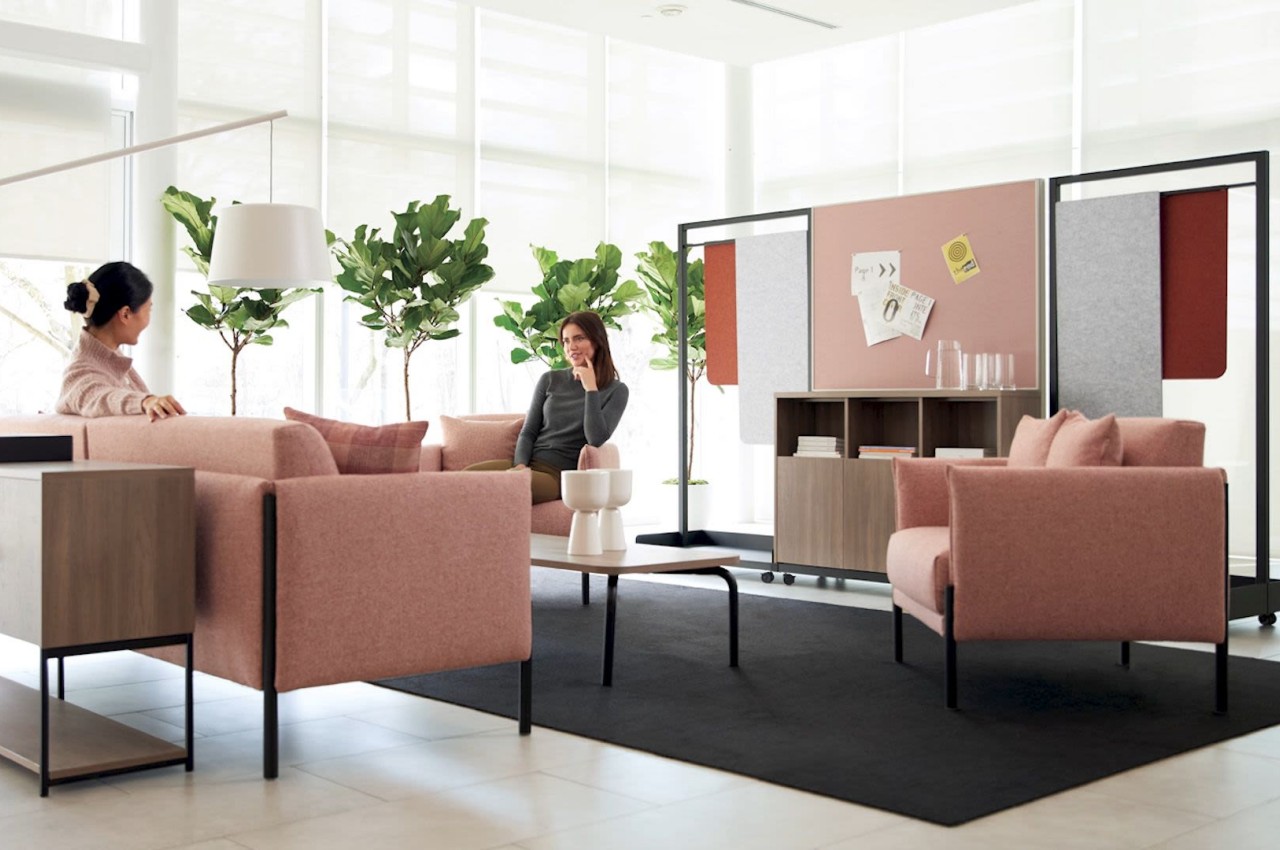
Resimercial design is one of the latest design trends that is a fusion of “residential” and “commercial” elements in the contemporary workspace. The ultimate goal of this design style is to create a workspace that is not only comfortable and stylish but also maintains a professional look.
In a recent development, international brand Teknion Corporation recently unveiled its Collaboration Hub in Gurugram, India, showcasing the latest workplace concepts and products that are driving resimercial designs worldwide. Headquartered in Toronto, Canada, the international brand is a global workspace solutions provider that offers a holistic range of products and services for the hybrid office. With over four decades of creativity and innovation, Teknion has cemented its reputation as an accomplished leader in the workspace services industry. Established in 1981 by visionary Saul Feldberg to address emerging patterns of living and working through cutting-edge technology, the brand remains committed to shaping the future of hybrid work with its brand triad: Teknion, Luum Textiles, and Studio TK.
Designer: Teknion
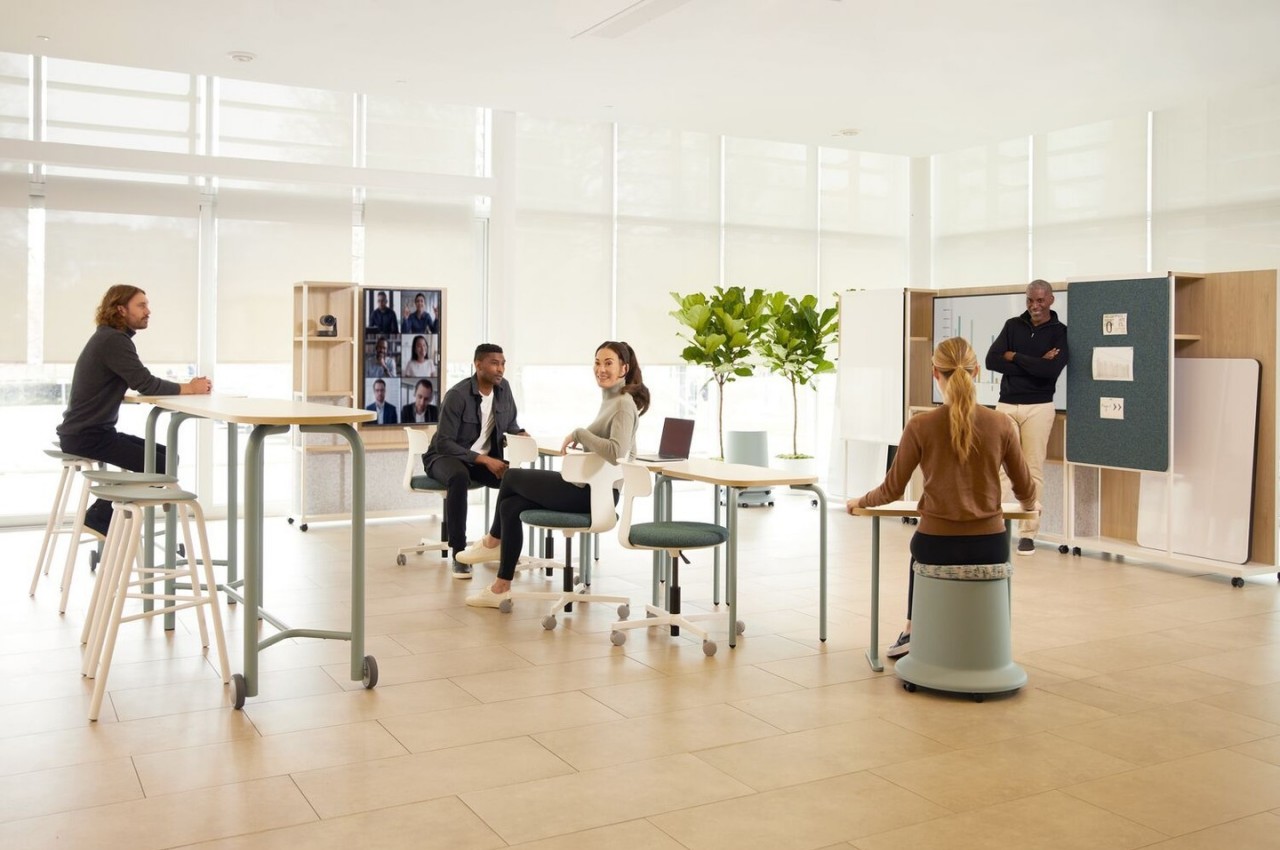
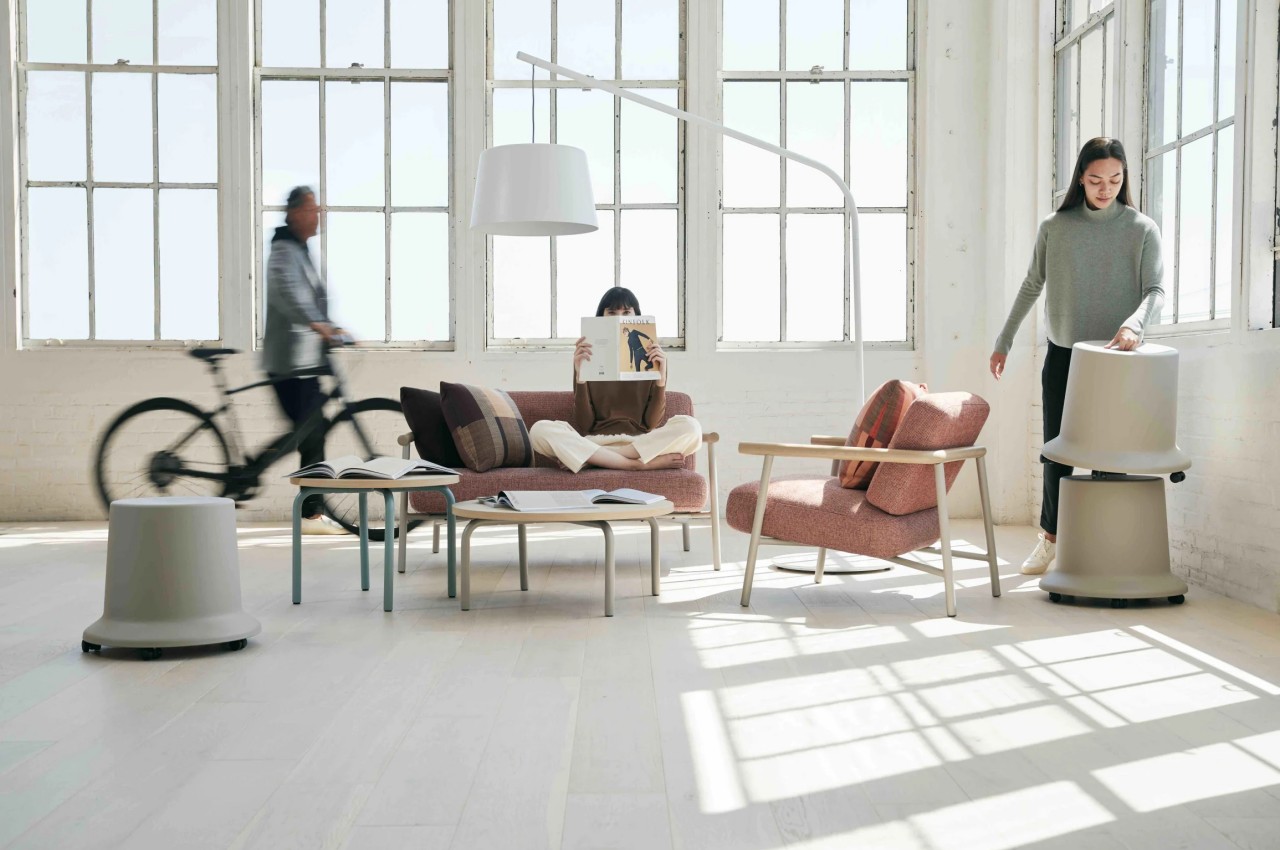
According to Greg Dekker- Vice President, Global Workplace Insights, Teknion “In today’s post-COVID world, with hybrid and work-from-home options becoming more prevalent, employee satisfaction has become a top priority for companies. To entice employees to come back to the office, the modern workspace needs to offer the same level of comfort as their home while still being in a professional environment”. Hence, resimercial design is the perfect solution as it not only ensures employee satisfaction, it allows creativity to flourish and also provides an excellent customer experience. “As the line between residential design and commercial design is disappearing, resimercial design is both functional and efficient, ensuring that employees reduce stress and enhance their productivity,” adds Patrick Forget, Managing Director APAC & EMEA.
As a result, there is a rise in resimercial spaces, and this design style is often used in commercial offices, residences, and public areas to give the decor a cozier and inviting feel.
What are the key elements of Resimercial Design?
• When designing a resimercial space, the basic layout and planning must incorporate flexible spaces that can be used for a variety of activities, such as meetings, conferences, and open workstations. The circulation pattern and free spaces must allow ample movement and promote interaction between colleagues.
• The material selection forms an essential component of the design strategy. There is an emphasis on natural materials like wood and stone to create a warm and welcoming atmosphere.
• One must beautify the space with plush furnishings in durable materials and tactile textures. Also, accessorize the area with interesting patterned rugs, lamps, and layered lighting to add a touch of luxury.
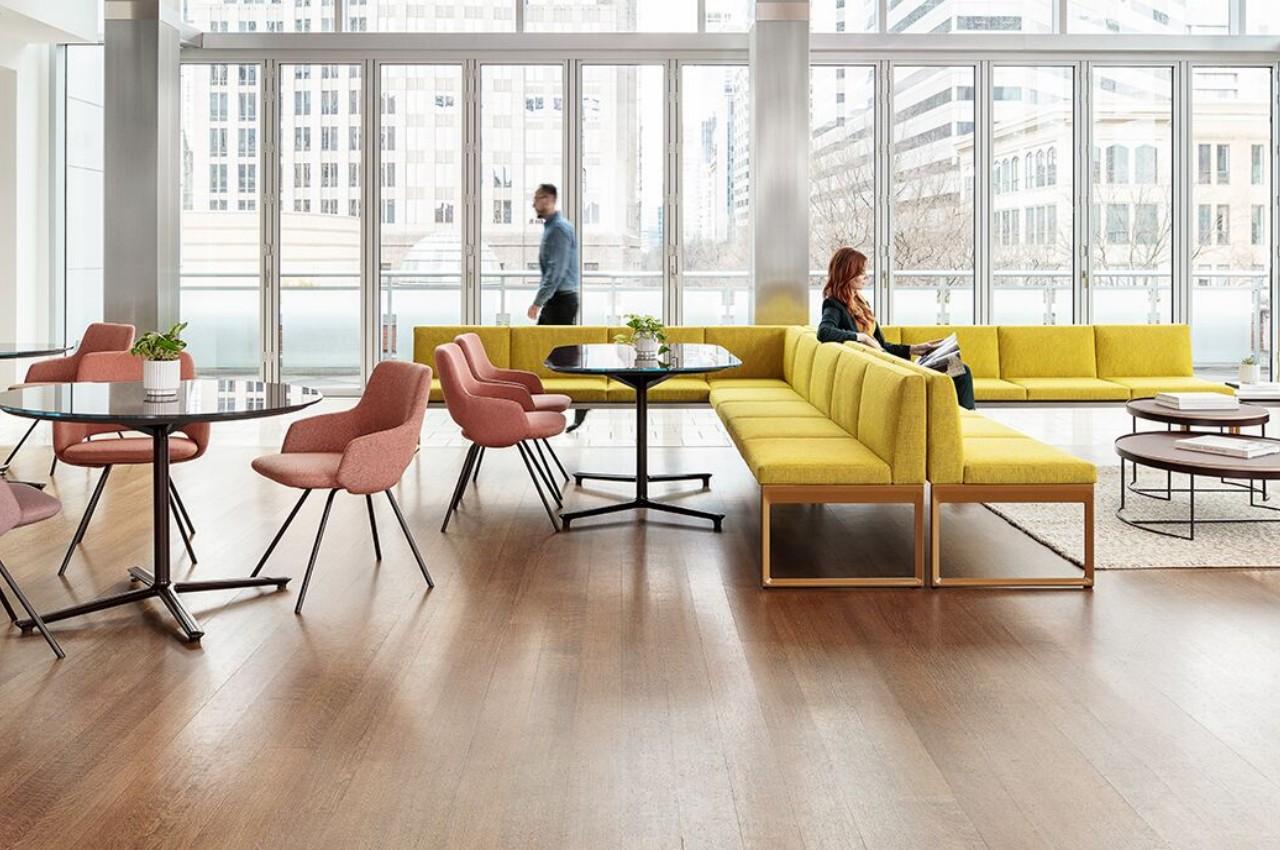
• Resimercial furniture offers comfortable seating typically associated with the familiarity of residential design. There is an emphasis on using sustainable and recycled materials that can reduce the carbon footprint of the office.
• Make it a point to add greenery to improve indoor air quality and impart an aesthetically pleasing look to the office décor. In addition, plants are a great way to reduce stress and anxiety and create a positive work environment.
Therefore, the primary goal of resimercial design is to create a warm and welcoming workspace that promotes relaxation and enhances productivity. The unique design style creates a human-centric environment that makes the office feel like home.

What are the ways in which Teknion has proposed and implemented the resimercial design style in the future workplace?
1. Create Soundproof Zones: Teknion understands the importance of providing private areas for employees to work, hold meetings or talk on the phone without interruptions. Make a note that soundproof zones are essential in busy work environments where noise can be distracting.
2. Adjustable Tables: Teknion’s adjustable tables allow users to change the height of their work surface, promoting better posture and switching between sitting and standing while working.
3. Multifunctional Conference Tables: Teknion’s conference tables are designed to adapt to different uses, making them ideal for work and meetings.
4. Introduce Soft Fabrics: Chairs with softer fabrics reduce fatigue and discomfort and are more comfortable to sit in for long periods and can. They are highly durable and can stand the test of time.
5. Seats with Wheels: The mobile seating allows employees to interact and move around the workspace easily.
6. Lounge Furniture: Teknion’s lounge furniture provides a welcoming and comfortable space for employees and visitors to relax and socialize.
7. Minimalist Furniture: Minimalist furniture creates a clean and uncluttered workspace, reducing distractions and promoting a sense of calm.
8. Rounded Furniture: Rounded furniture is more inviting and psychologically less rigid, making it ideal for resimercial design.
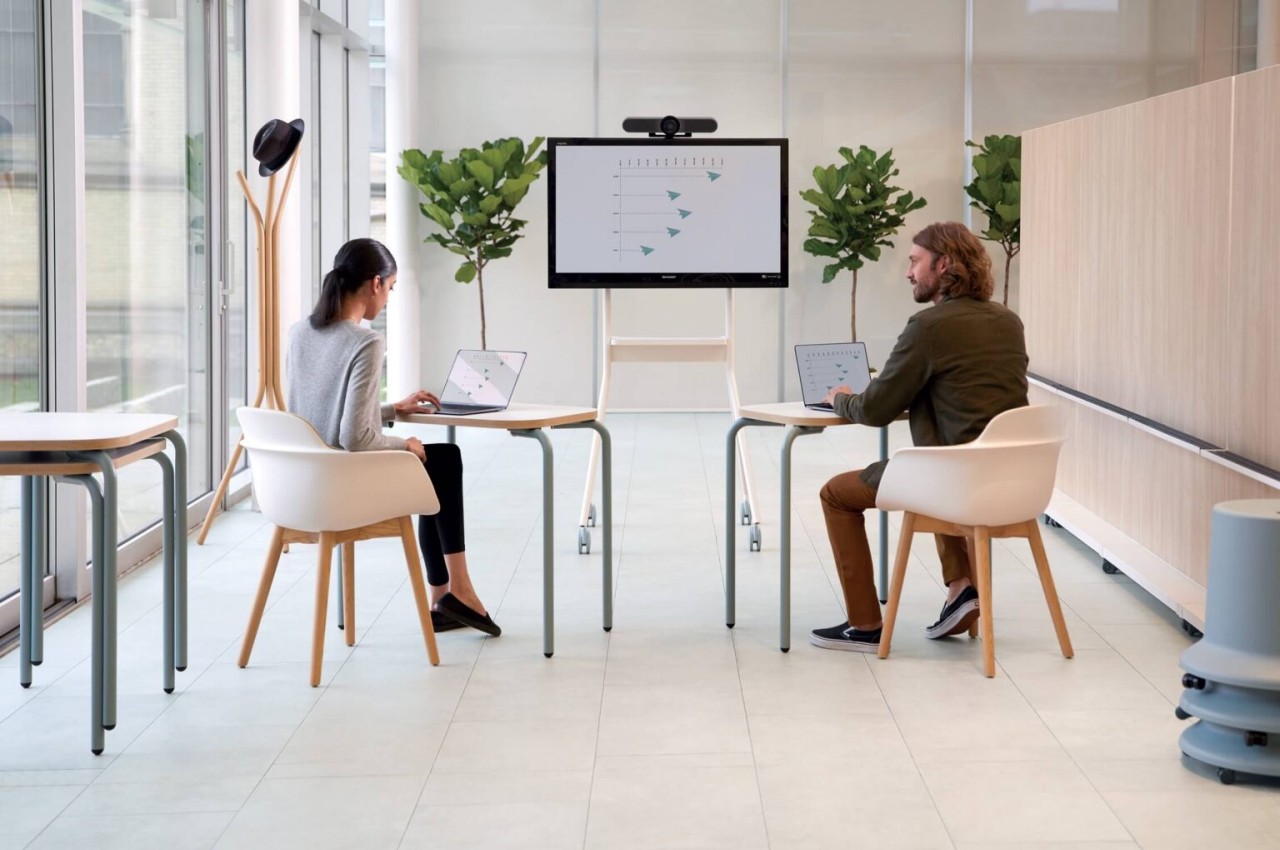
9. Ergonomic Furniture: Ergonomic furniture, such as perforated screens that can hold pen holders, and comfortable seating can help reduce strain on employees’ bodies and promote good posture.

10. Privacy Screens: Privacy screens offer employees an extra layer of privacy and can help reduce distractions in open-plan offices.
11. Glass Partitions: Glass partitions enable employees to connect visually and promote collaboration.
12. Built-in Charging Points: With the increasing reliance on technology, built-in charging points are essential in modern workspaces.
What’s new?
Take a look at Teknion’s Fall 22 Collection
North 56 tables
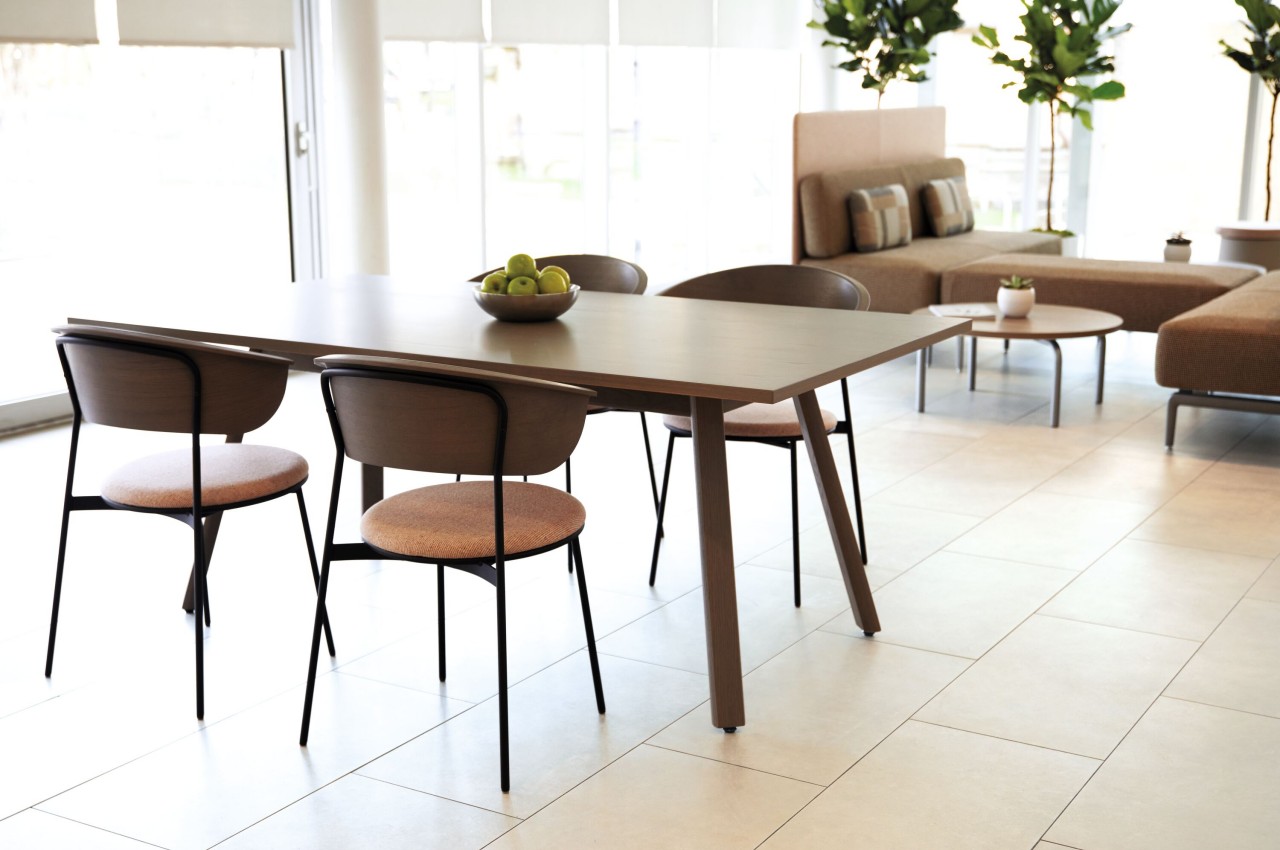
North 56 is a range of tables and chairs made of wood designed to create a more relaxed and welcoming atmosphere in the workplace. The series showcases the craft and natural beauty of wood through the work of various designers, who incorporate clean lines and body-shaped curves into each collection. The name “North 56” is derived from the latitude that connects Canada, northern Europe, and Asia, representing a connection between different cultures and design traditions. The design ethos of Scandinavia and Japan is the inspiration behind North 56, which is reimagined in a contemporary way to suit modern workspaces.
hiSpace additions
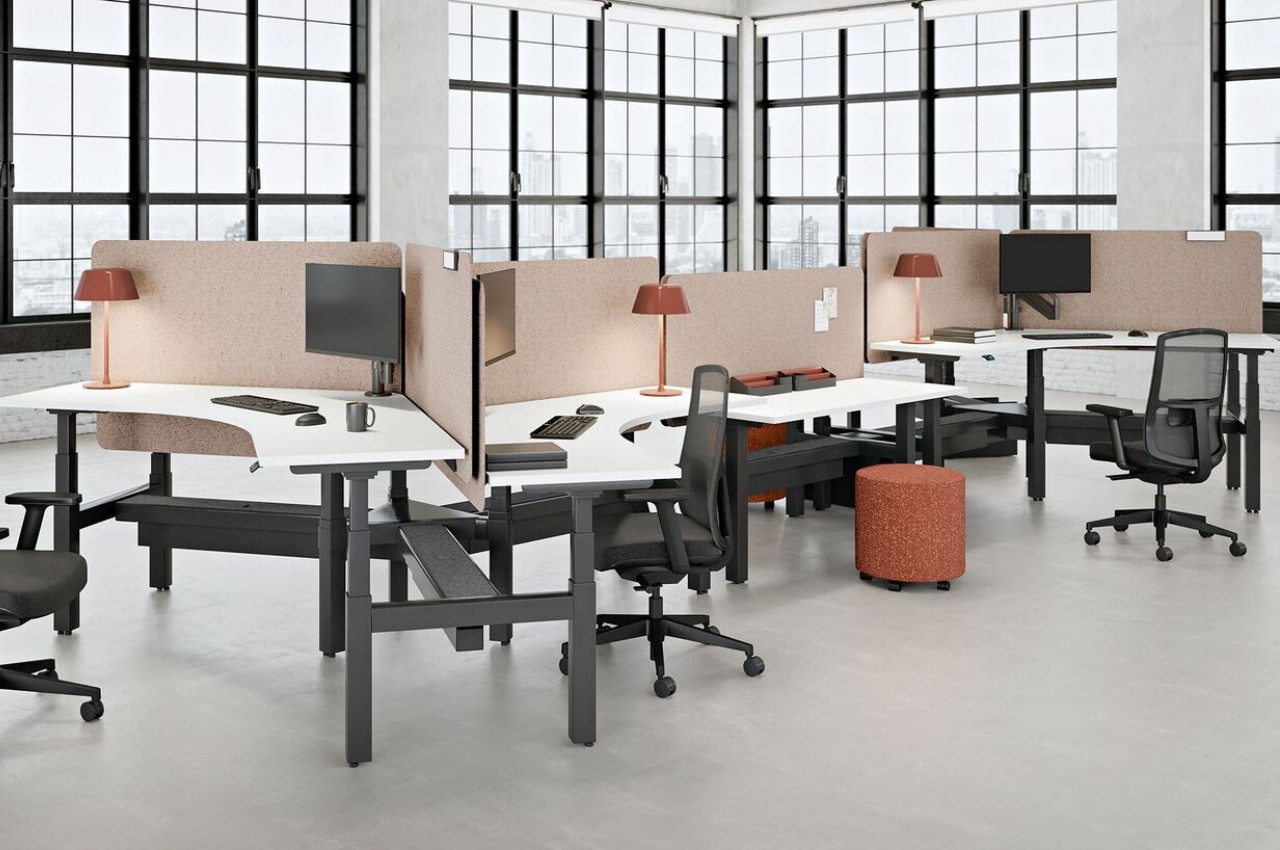
The hiSpace height-adjustable collection includes a 120° height-adjustable bench, joining the freestanding table, a freestanding 120° table, single- and double-sided bench. This new addition offers a spacious work surface suitable for a multi-monitor setup and can connect three workstations in a single run, optimizing space efficiency. The 120° bench is also available in a fixed height option, as well as on hiSpace single- and double-sided benches and freestanding tables, providing greater flexibility. The collection also boasts a new workstation name tag and a Toggle Switch option for height-adjustable desks.
Studio TK – Pico
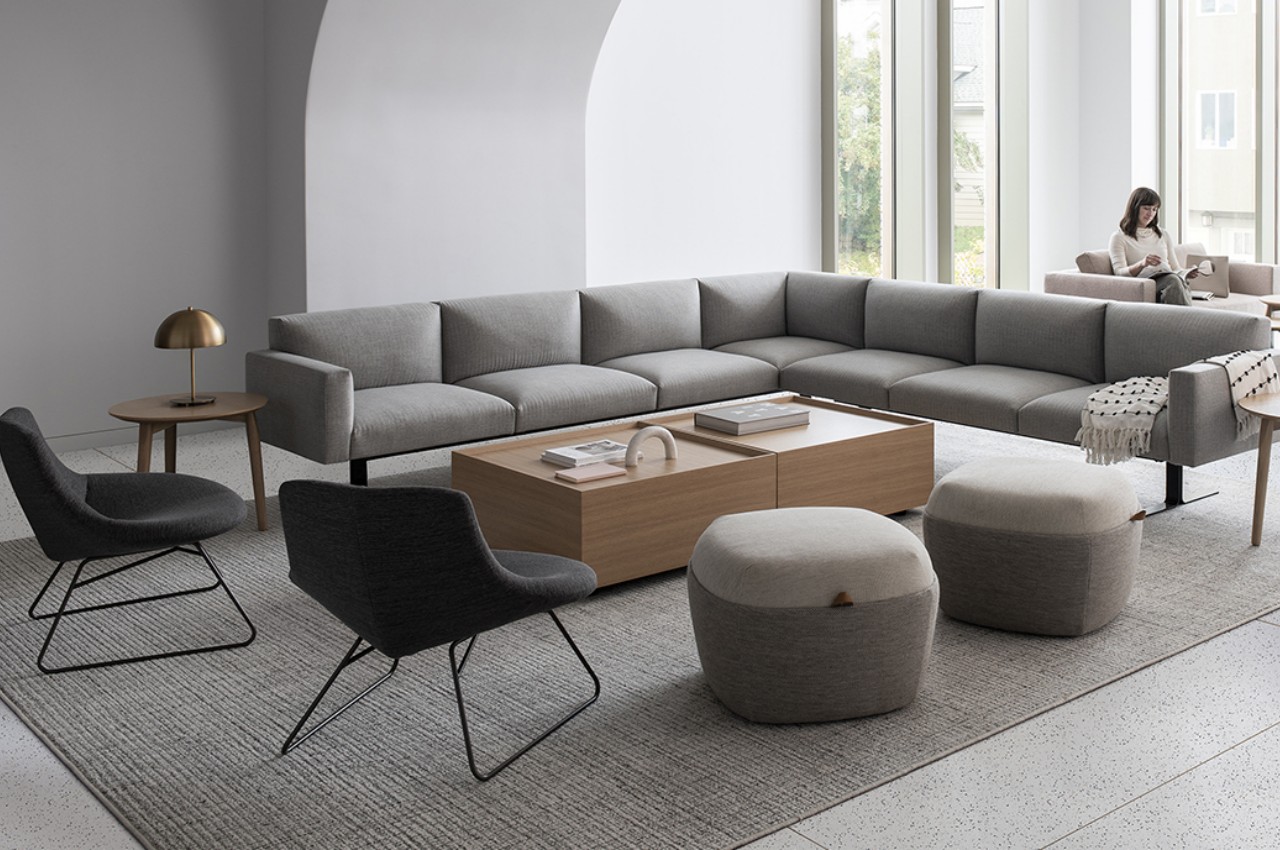
Taking inspiration from Portugal’s highest peak, Mt. Pico, the Pico lounge chair boasts a sculptural design that adds an artistic touch to any workspace. Its organic shape, both in the low and high-back versions, provides comfort while encouraging free movement and various seating positions. To further enhance its flowing design, the chair comes with three unique base options: a 4-star swivel base, a metal sled base, and a four-legged wood base. The inviting and warm appearance of Pico makes it an ideal choice for public spaces, offices, lounges, and collaborative areas.
Teknion’s products effectively blend residential and commercial design elements, creating a comfortable and inviting work environment that replicates the feeling of working from home. With an increasing number of companies returning to the office, it’s essential to create a 21st-century workplace that promotes wellness and feels like a home away from home, especially for the millennial workforce.
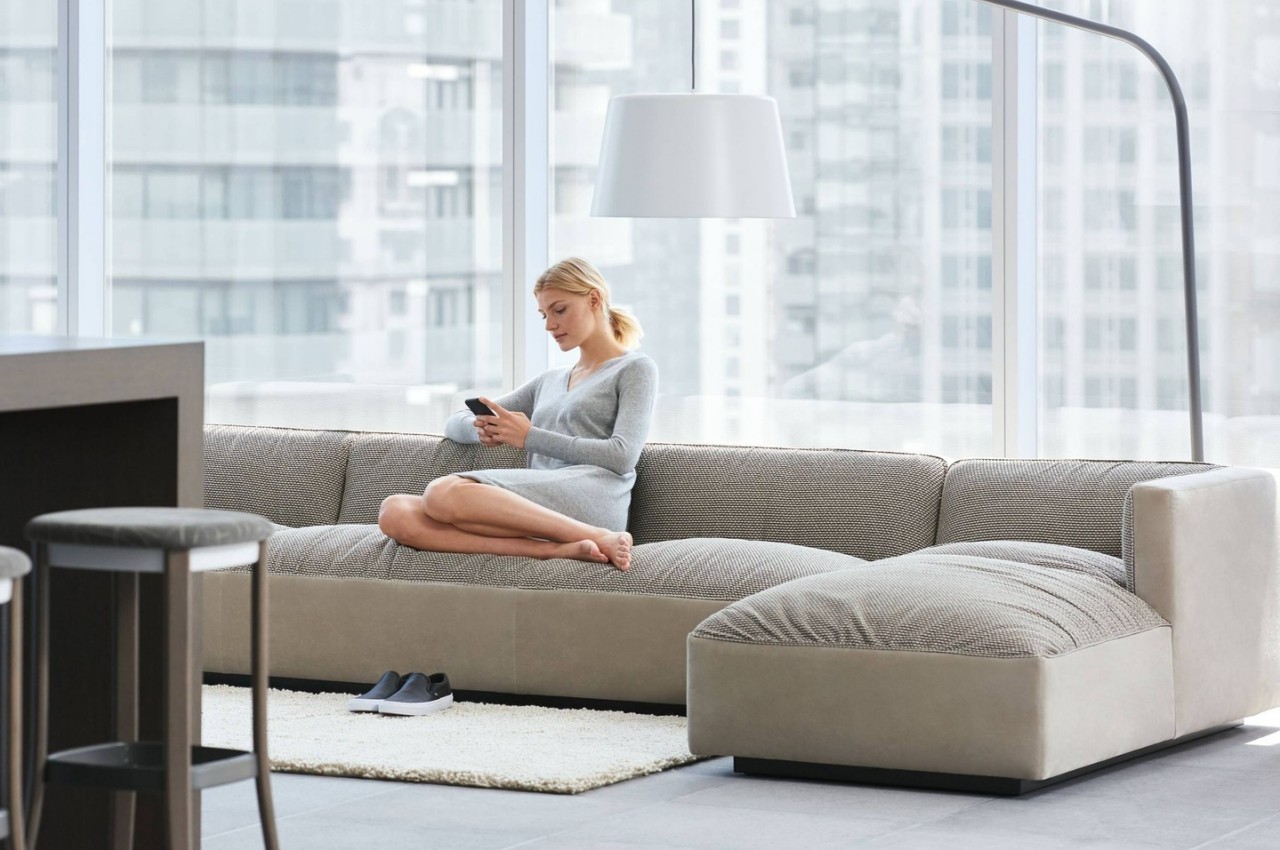
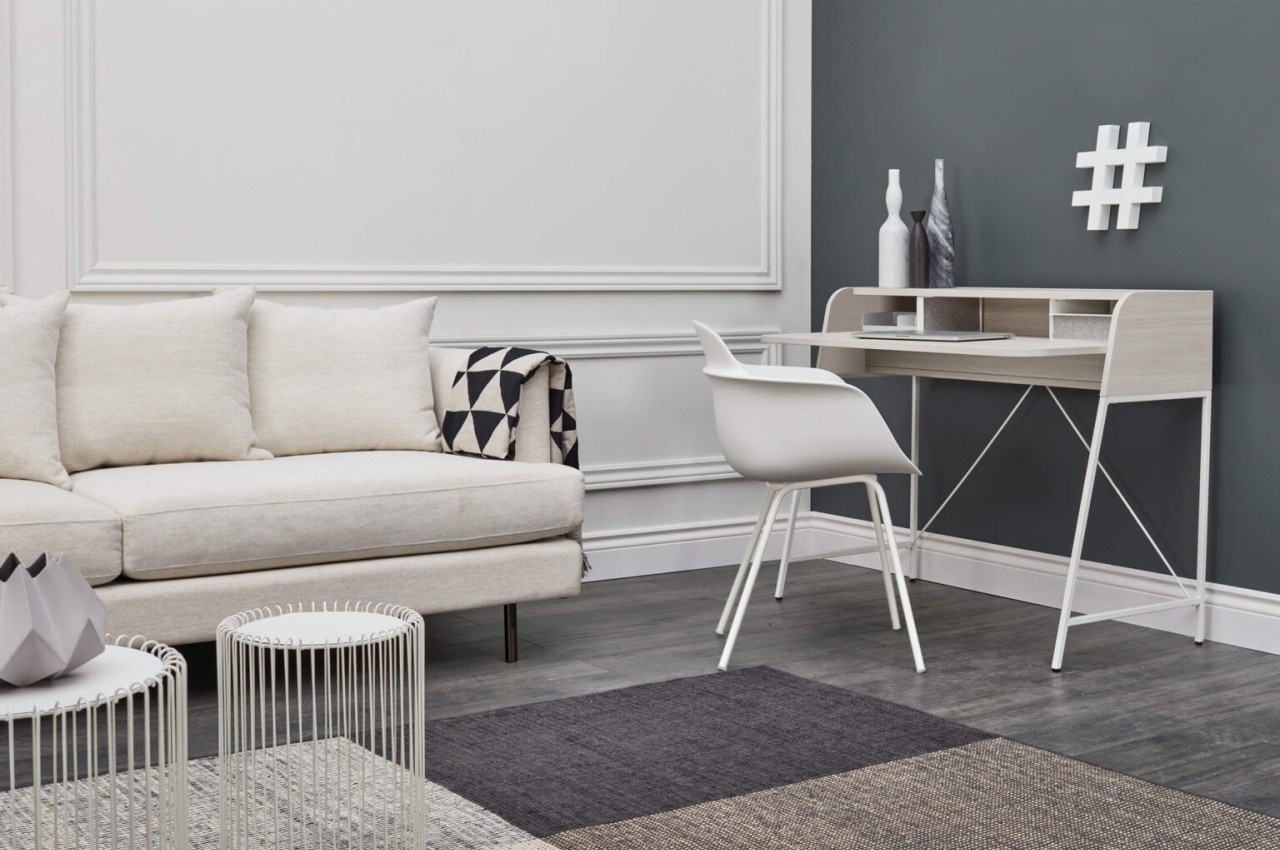
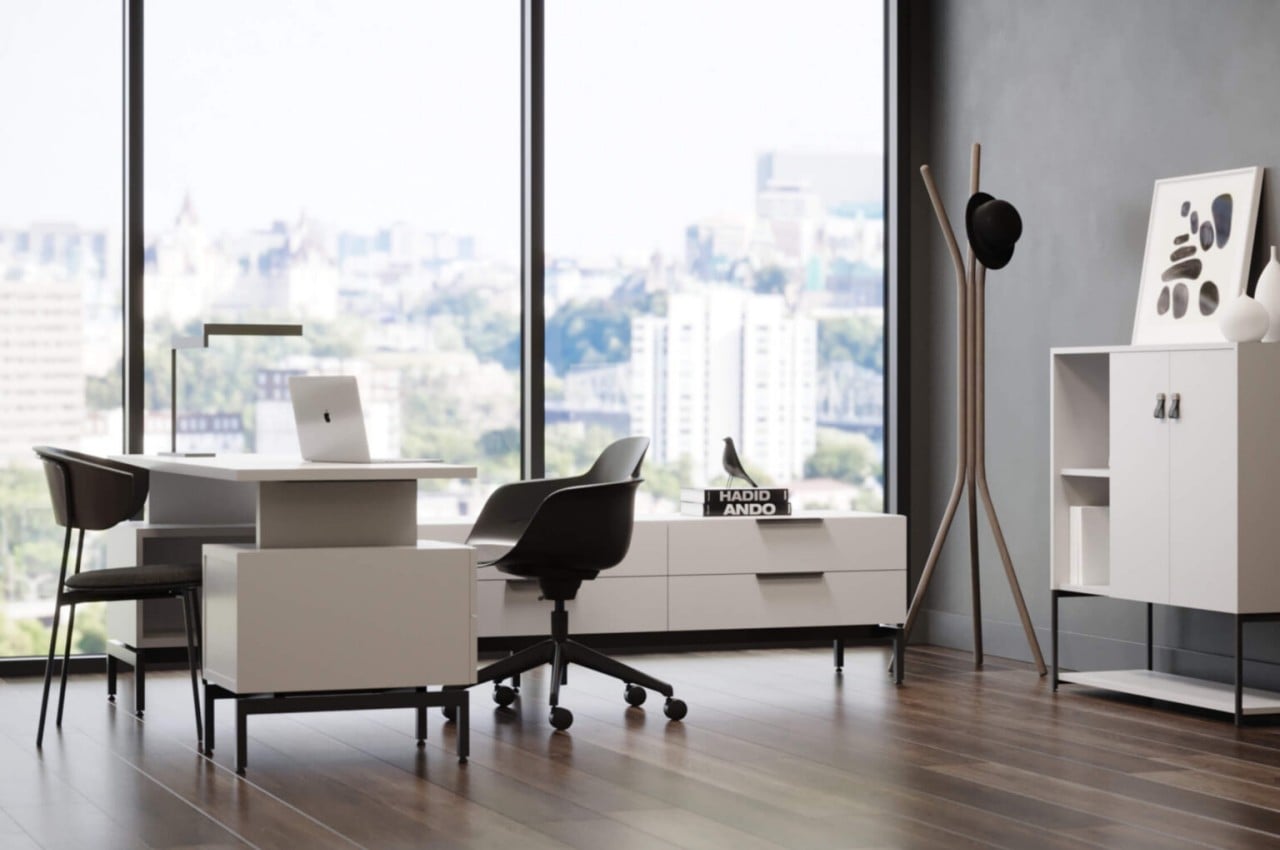
The post Resimercial Revolution: Teknion’s Vision for the Future of Work Design first appeared on Yanko Design.
